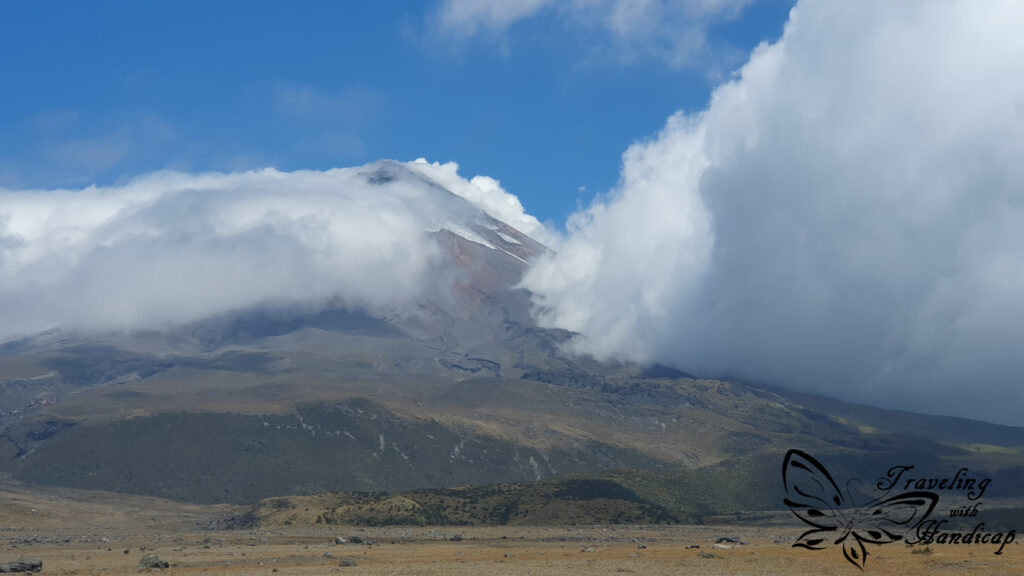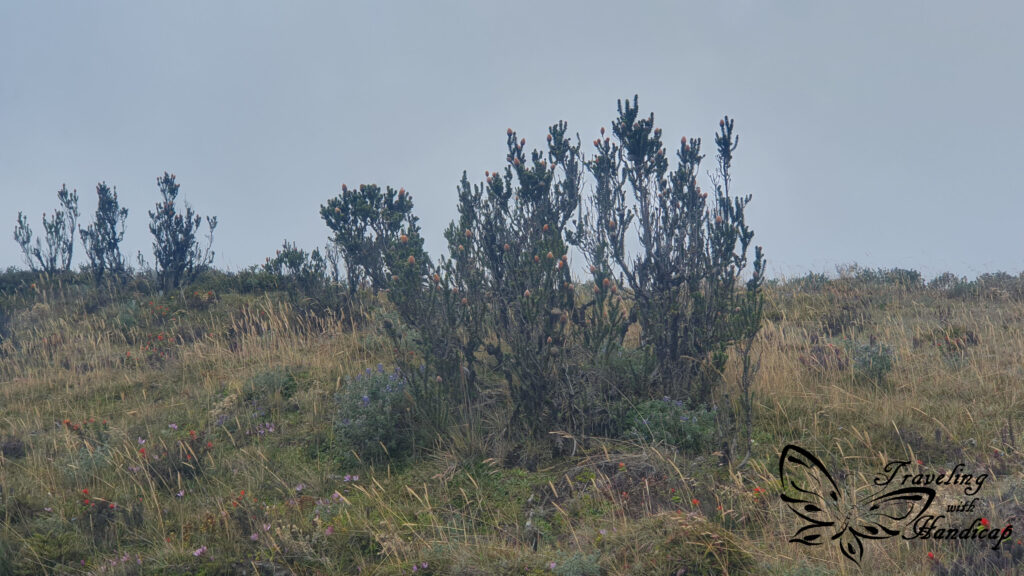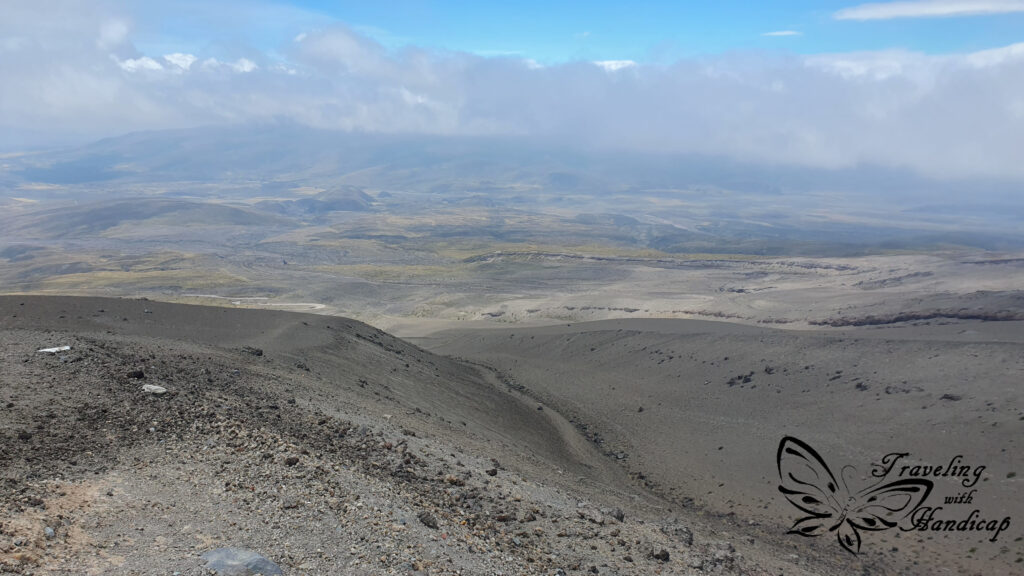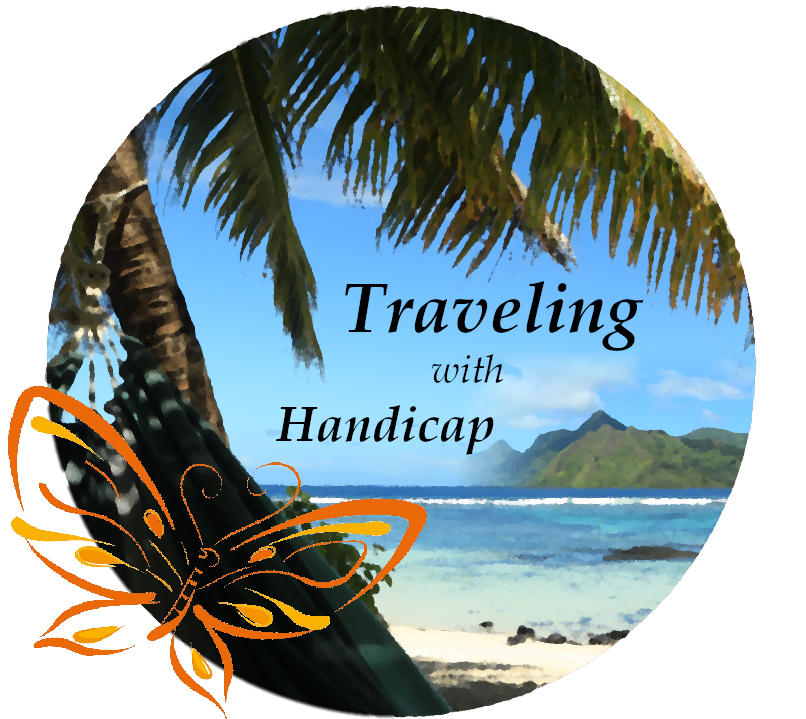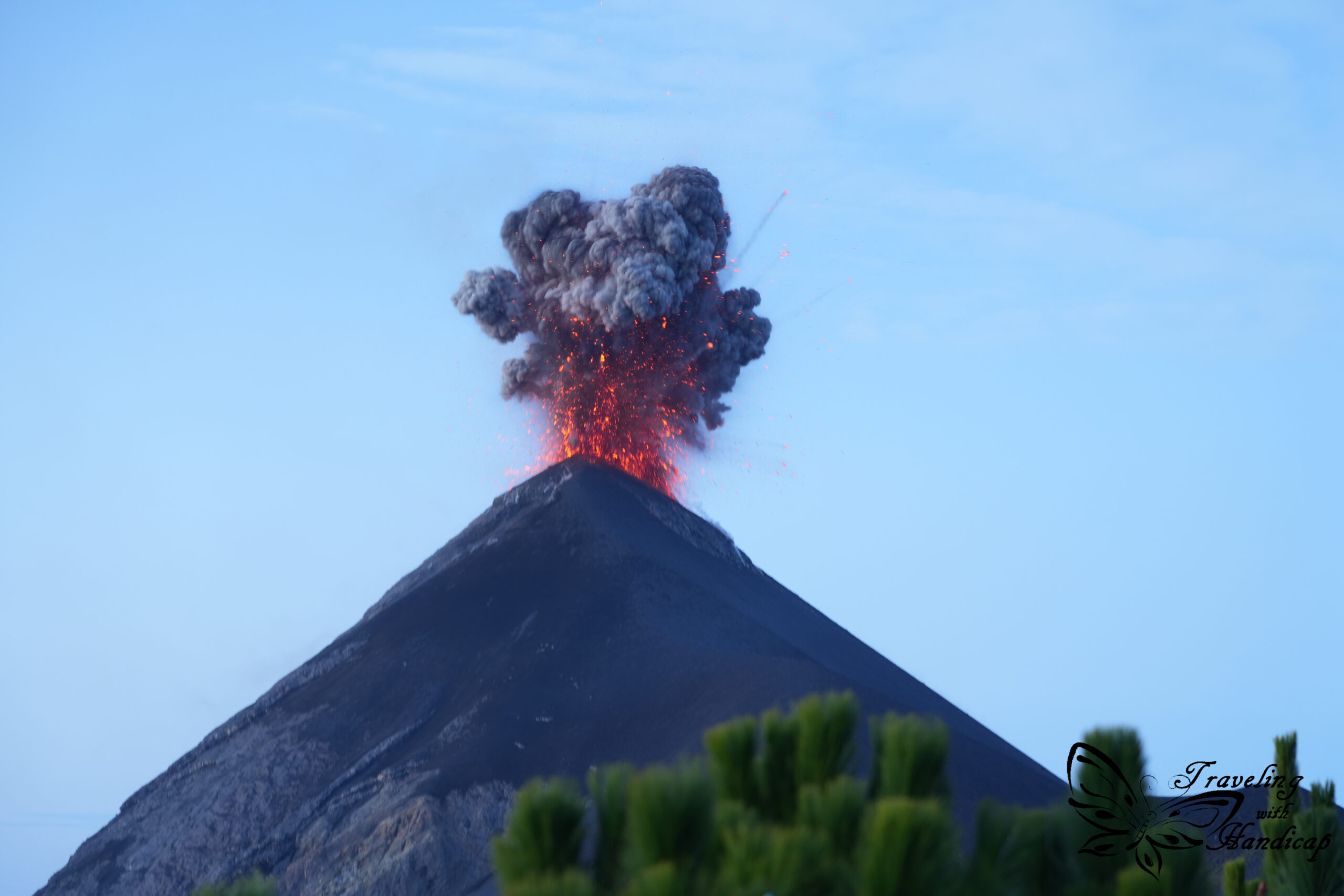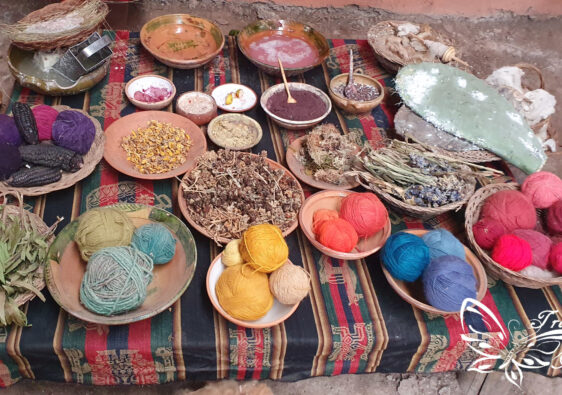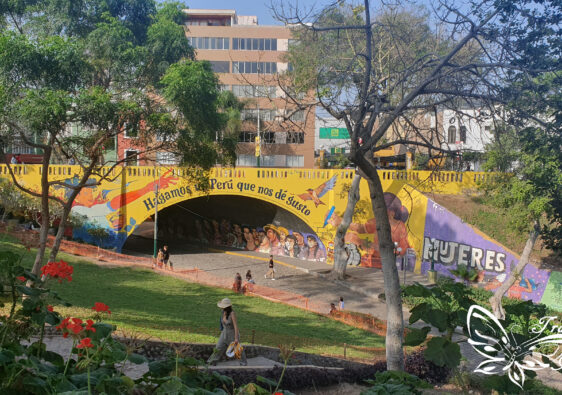We wander for distraction, but we travel for fulfillment.
Hilaire Belloc
Route across Ecuador
After exploring the south of Ecuador around Cuenca and Vilcabamba, I continued to the central highlands. Initially, I planned to take a long distance night bus from Loja to Riobamba and stay in Riobamba first. However, no hostel within Riobamba was willing to open for me at 4.30 am. Thus, I jumped off the long distance bus in Riobamba and took a local bus towards Baños. In retrospect, staying in Baños was a much better choice than Riobamba. There, I had no problem with arriving early.
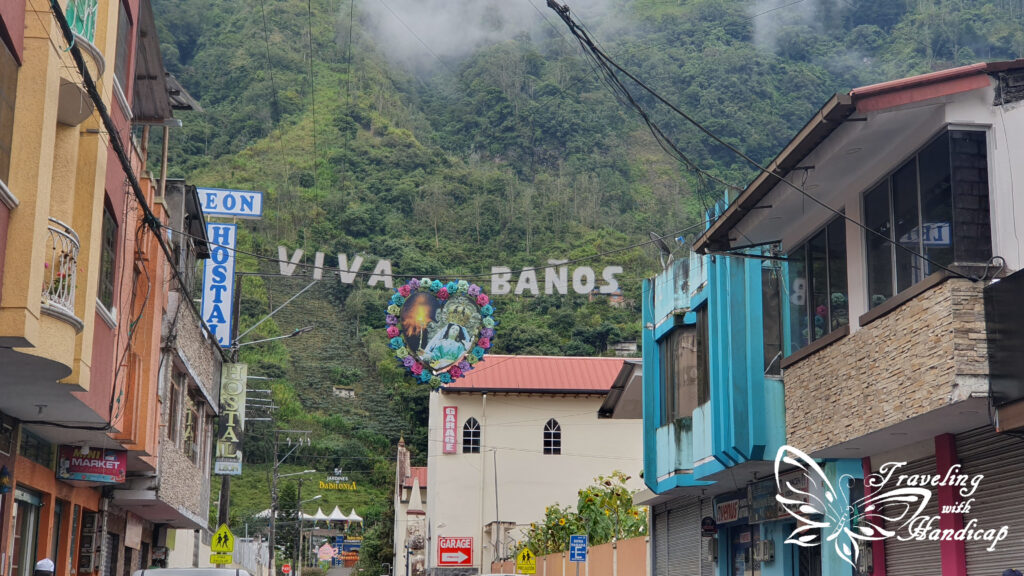

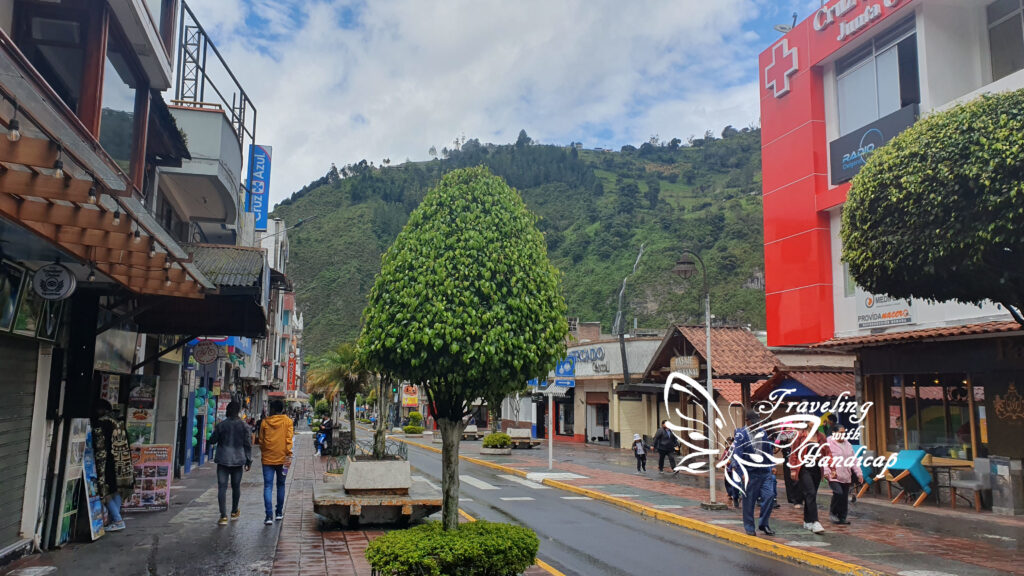
From Baños I continued towards the Amazon. First to Tena and from there to Nueva Loja (which is also known by “Lago Agrio”). These two towns are on the border of the huge Amazon area of Ecuador. From Nueva Loja I went to the Reserva de producción de Fauna Cuyabeno for a 4-day tour. Stunning! Directly after the tour, I went straight to Quito, spending a few days there. Not too many though because I got a good offer for a return flight to the Galápagos Islands.
Only after visiting the Galápagos, I went back to the central highlands (south of Quito). I went to Latacunga which is known as the hub for the Quilotoa Loop. After this three-day hike, I went a little up north, to a hostel very close to the Cotopaxi National Park. Tours to Cotopaxi were comparatively expensive coming from Quito or Latacunga. Therefore, I picked a hostel in the close neighborhood, having more economic options. Cotopaxi was my last stop within the central highlands of Ecuador. After that, I went back to Quito to continue to the northern highlands.


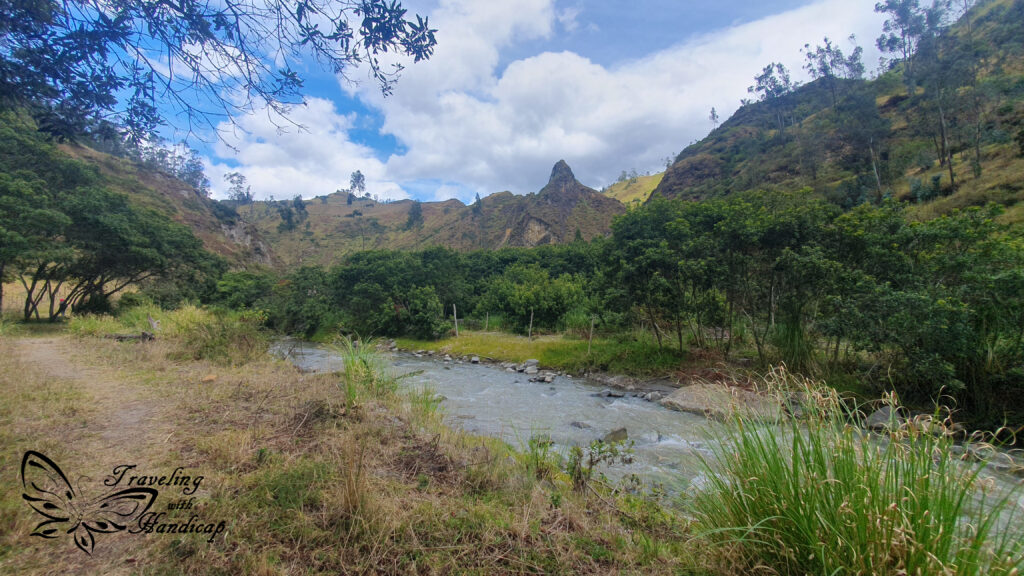
Baños and Riobamba
Baños is a small village embedded in a valley with the Llangantes National Park in its north and Sangay in its south. There are many former volcanos in this area. However, since it is often cloudy with the clouds hanging very deep, you must be lucky in order to see the volcanos. The Chimborazo, which is actually closer to Riobamba and not visible from Baños, is the most well-known one of the area. The volcano Tungurahua is just south of Baños, but only visible from higher up in the mountains and without clouds. For tourists, Baños is famous as a location for adventures. Rafting, canopy, paragliding, horse riding, many waterfalls and thermal baths exist.
While I stayed in Baños there were some rainy days. If not rainy, it was at least cloudy. Therefore, I was not able to identify any of the volcanos within the surrounding mountains. Nevertheless, I enjoyed the safe and relaxing atmosphere. Even during the Ecuadorian election day, there were no recognizable disruptions. Baños has the big advantage of having local buses to both the main towns surrounding it and the many small spots around Baños. Thus, I visited the area by bus.
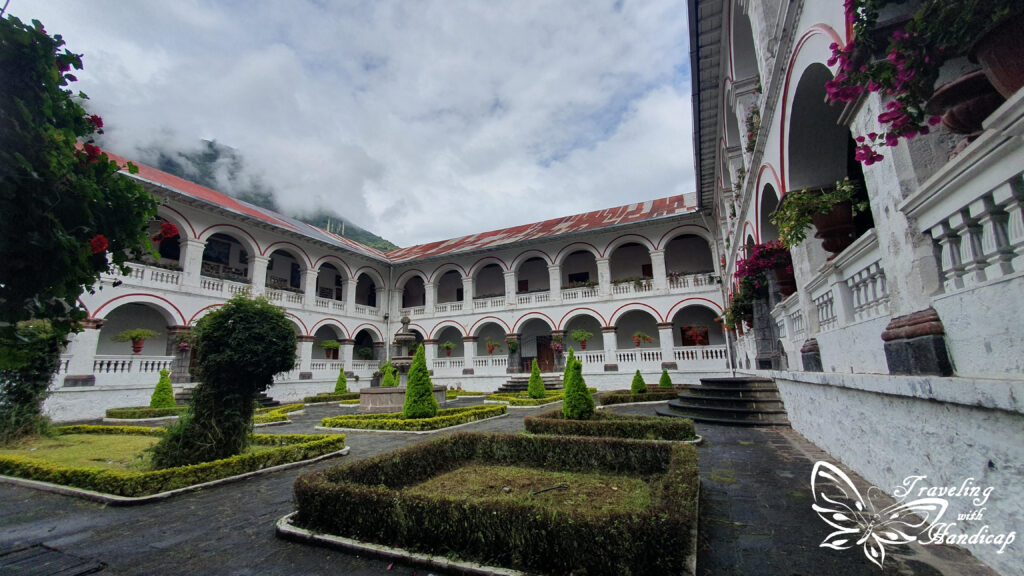
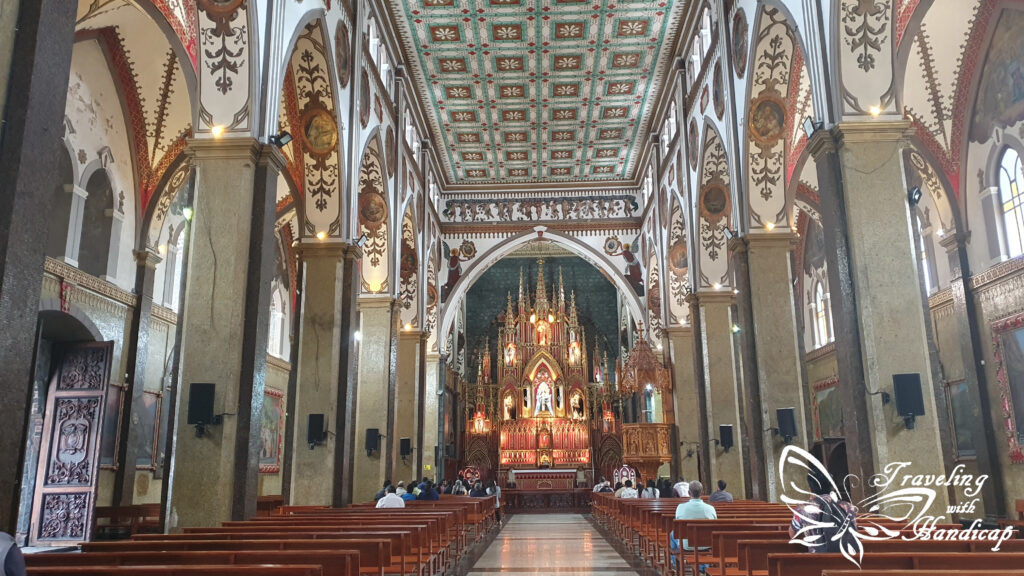
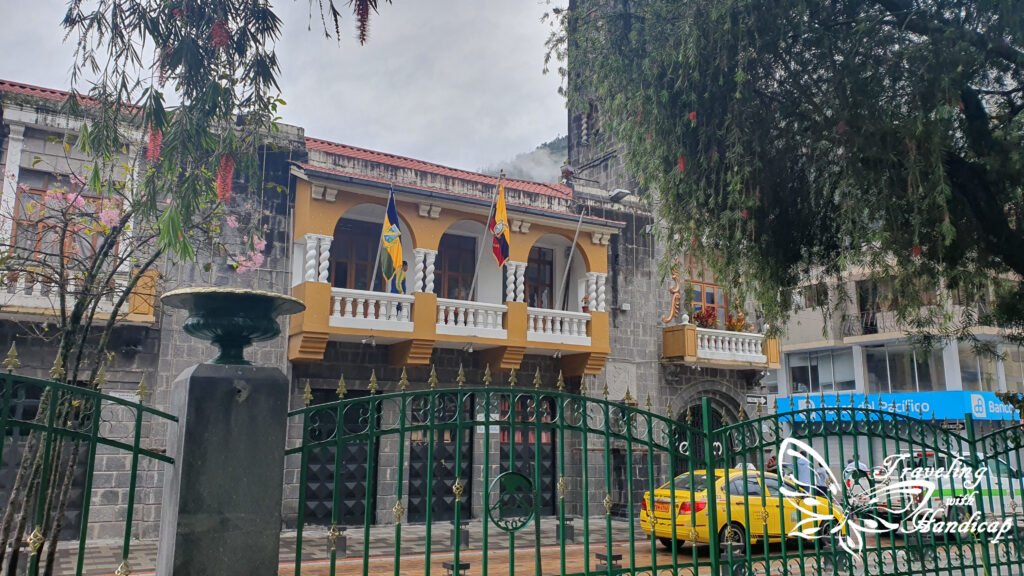
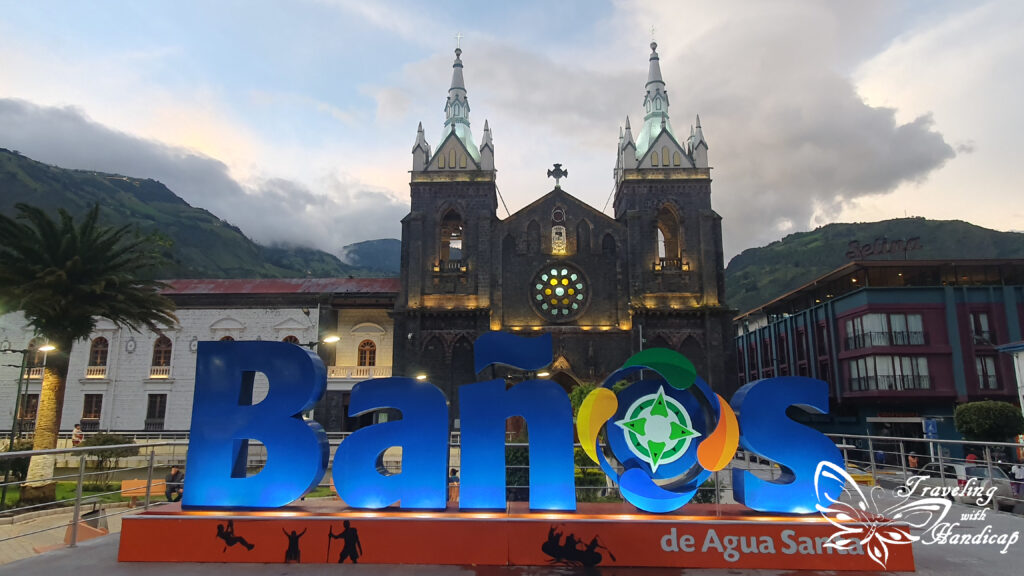
Sights to visit in Baños
I started with the Casa de Arbol, there are a few buses per day to get all the way up the mountain and return. Unfortunately, it was super cloudy. Nevertheless, I could spot many humming-birds and the treehouse swing was really cool. Then, I used the late evening for visiting the Termas de la Virgen, thermal baths with an illuminated waterfall right next to them. Both definitely recommended, even with a cloudy sky.

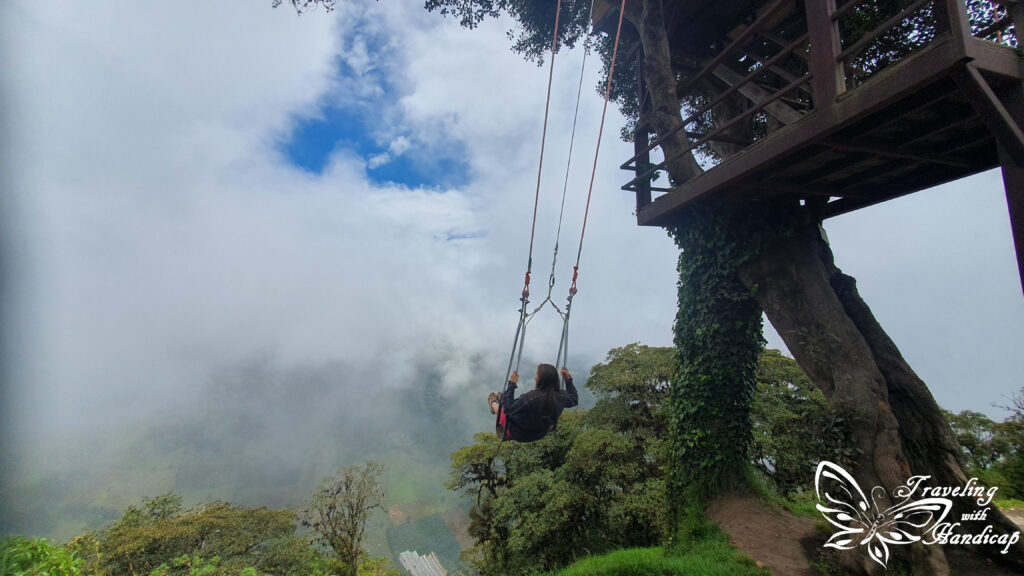
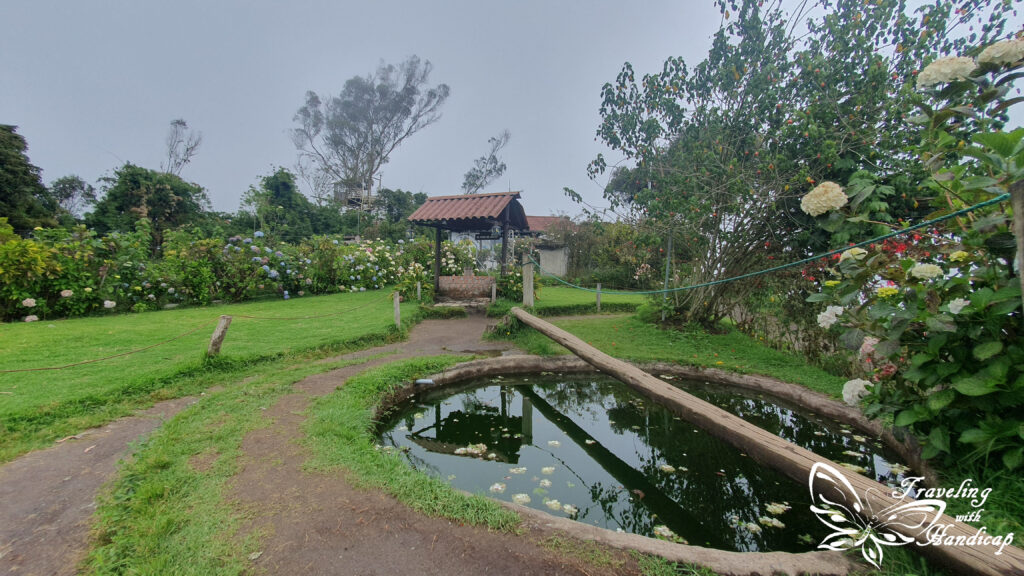
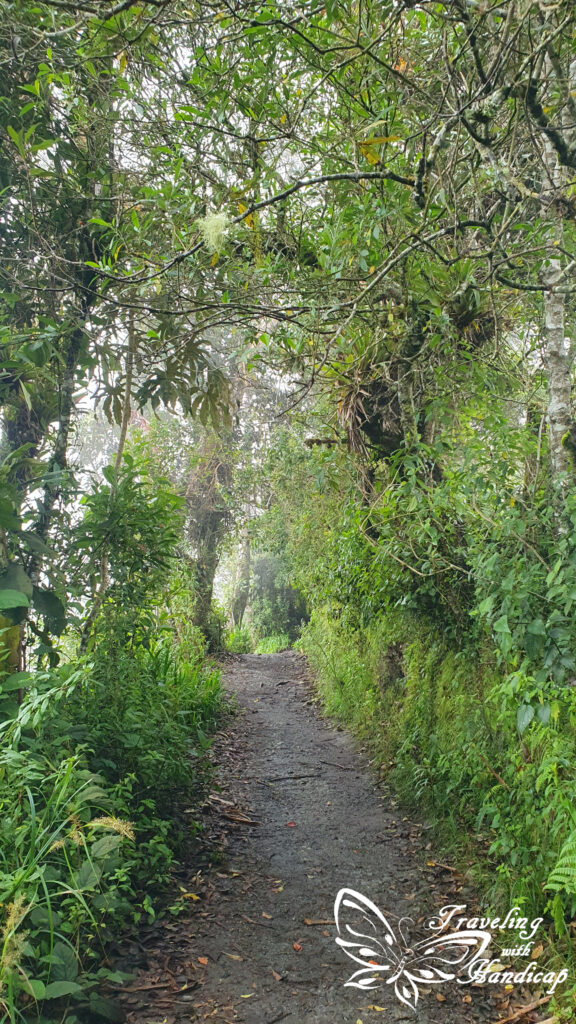



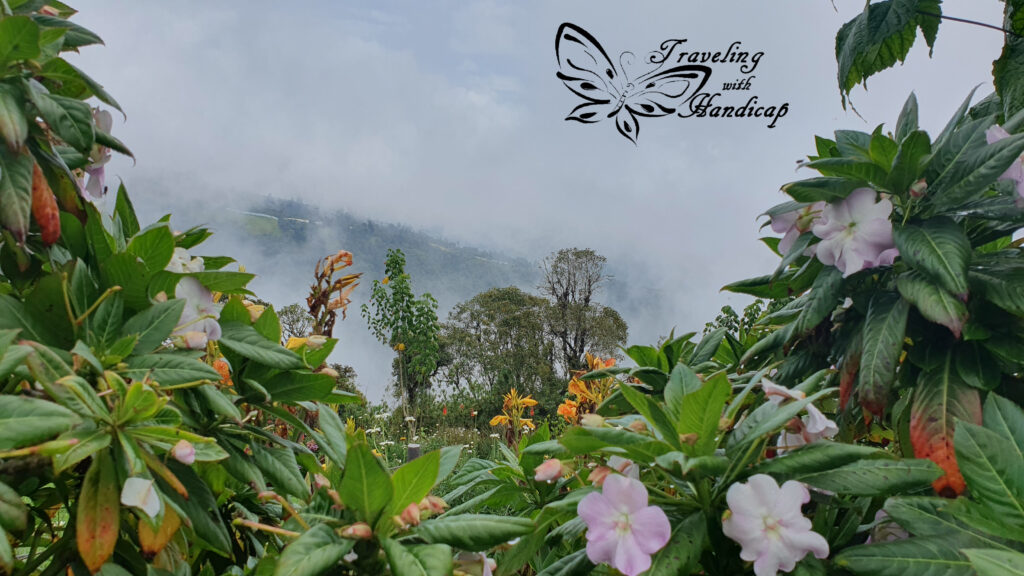
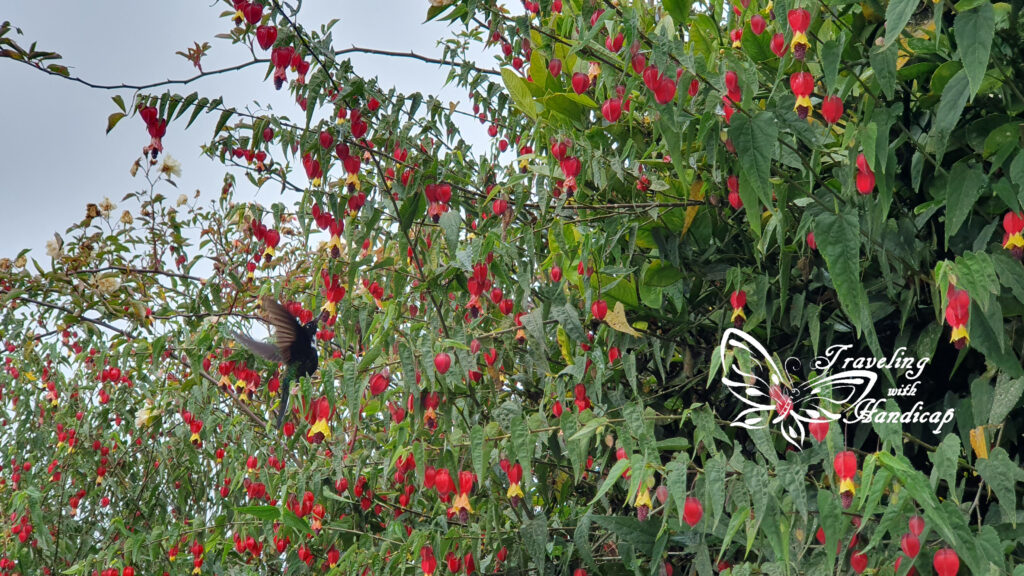
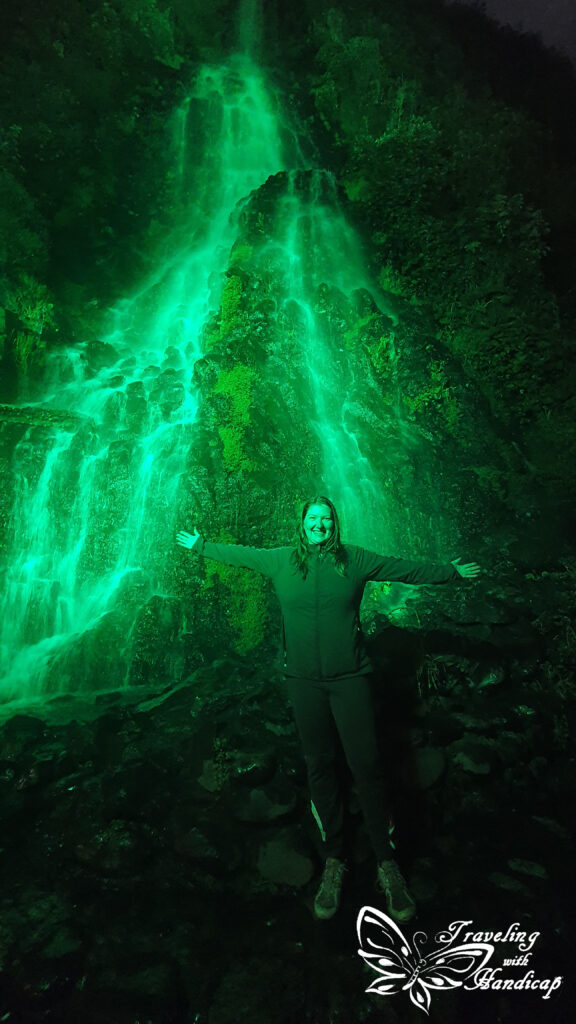
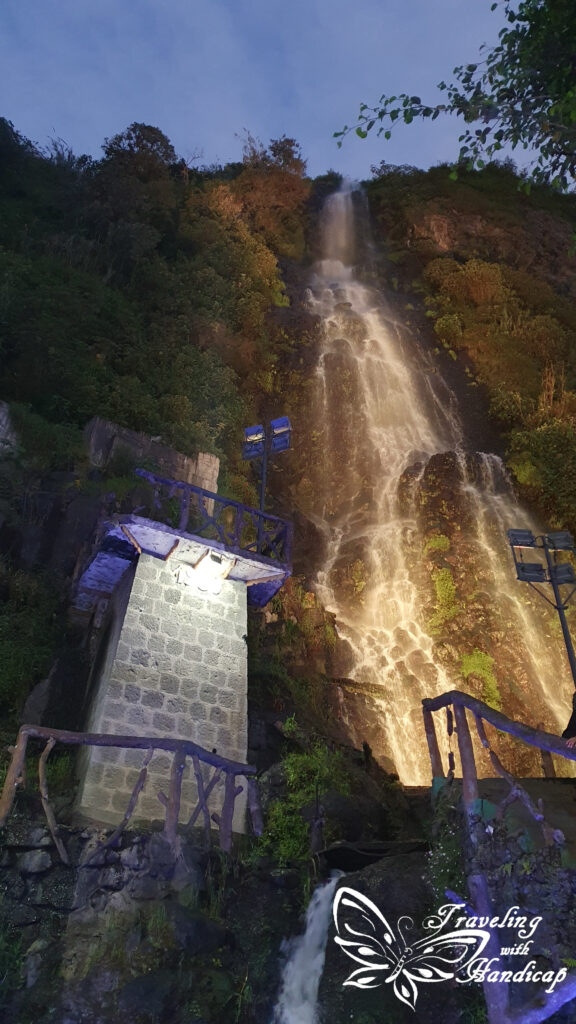
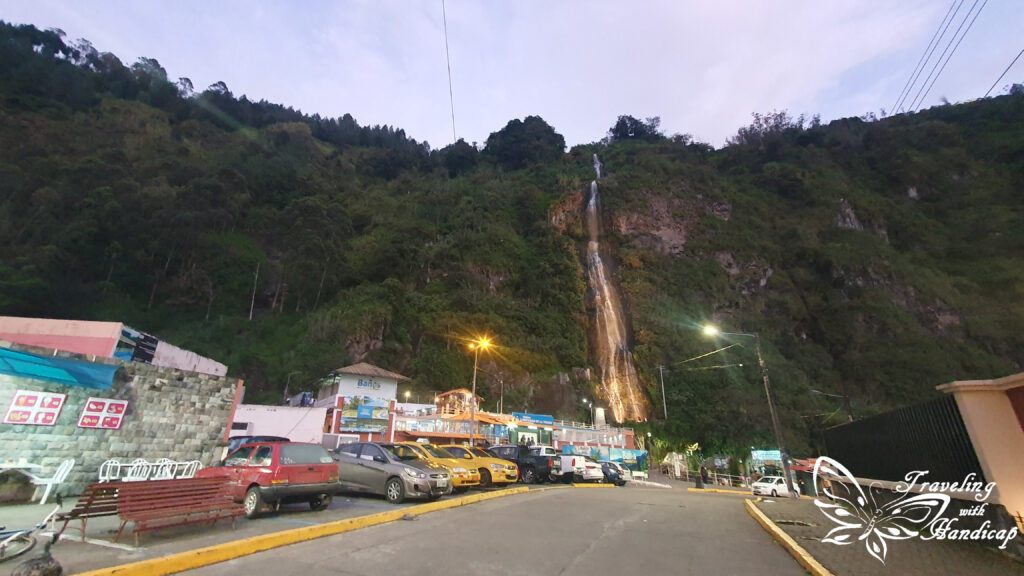
All the adventure sports were none of my interest since I went skydiving or rafting when I’ve been in Australia and New Zealand. Nonetheless, I went to visit the famous Cascada del Diablo. There are multiple local buses from Baños heading there. In order to reach the falls, you may pick two different tracks, a short or a long one. I picked the long one as you get very close to the falls on this one. Actually, you may even crawl and walk behind them. I brought a waterproof jacket but standing right in front of the fall was sufficiently wet for me.
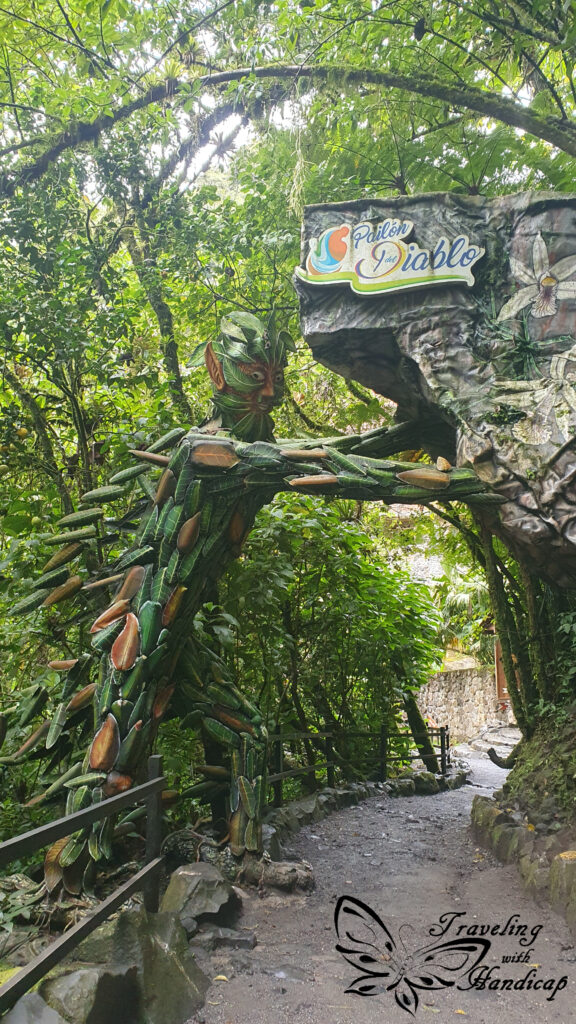
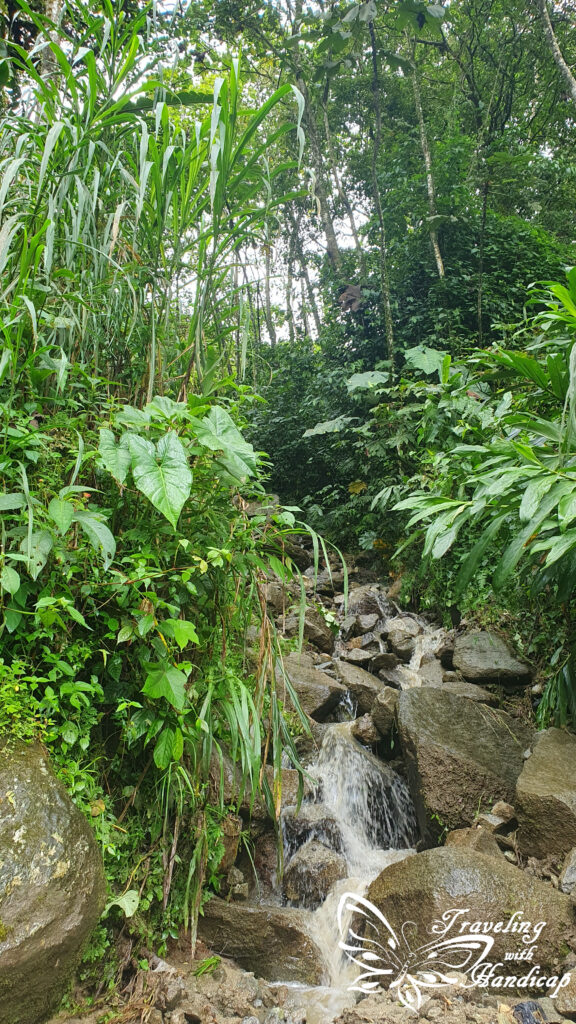

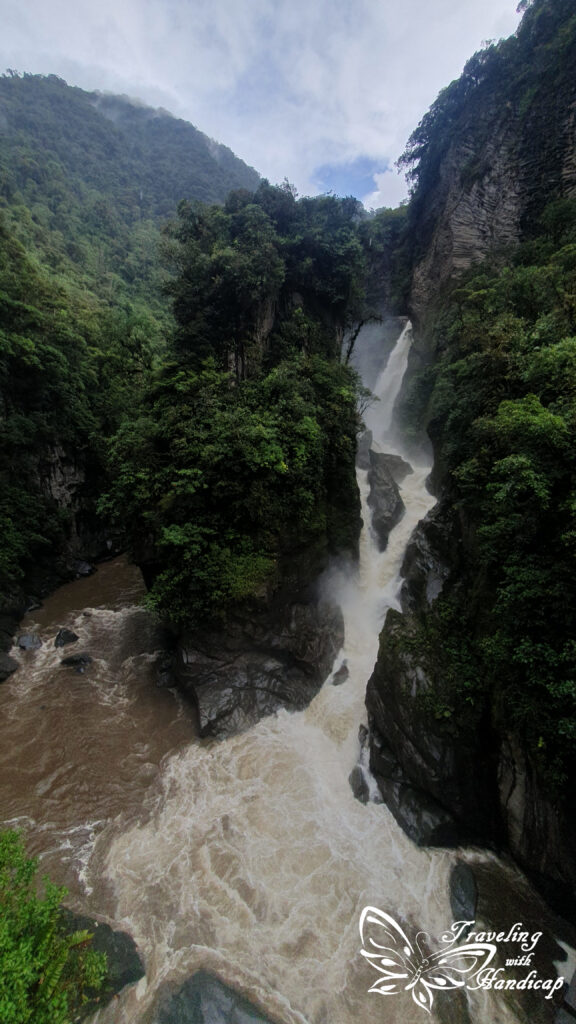


On the way to the Cascada del Diablo, there are many other waterfalls embedded in pleasant hilly landscape. Since it’s so easy to jump off a bus or wave the next one down to continue, I stopped a few times along the way. On my last day in Baños it was rainy like hell but only cloudy in Riobamba, therefore I went to Riobamba as a half-day trip as well.
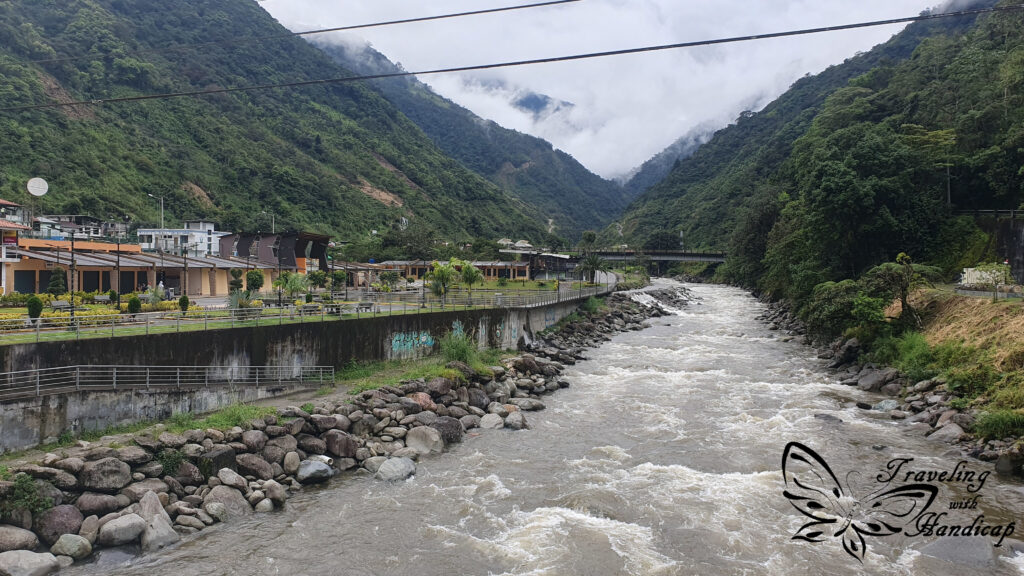
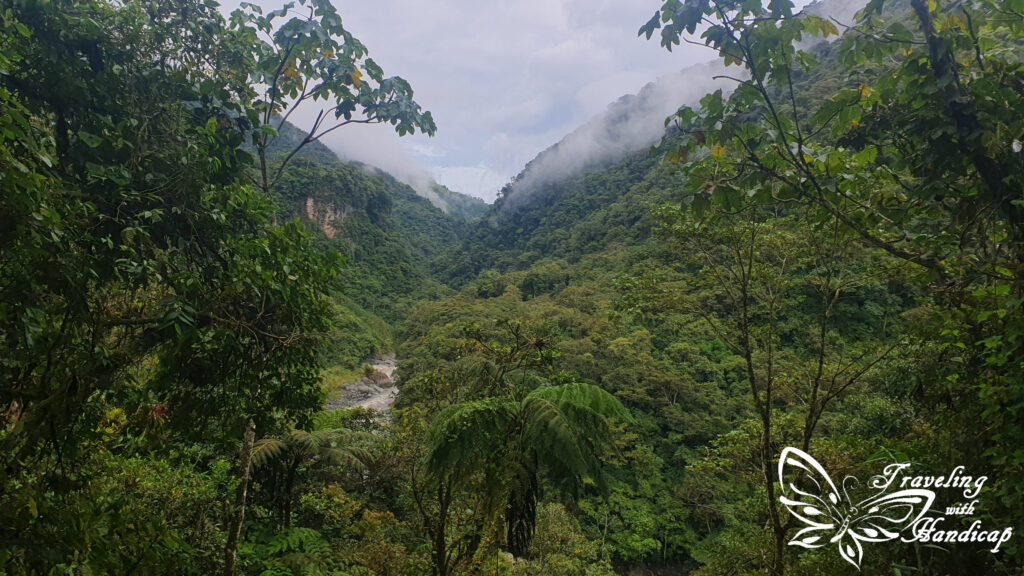


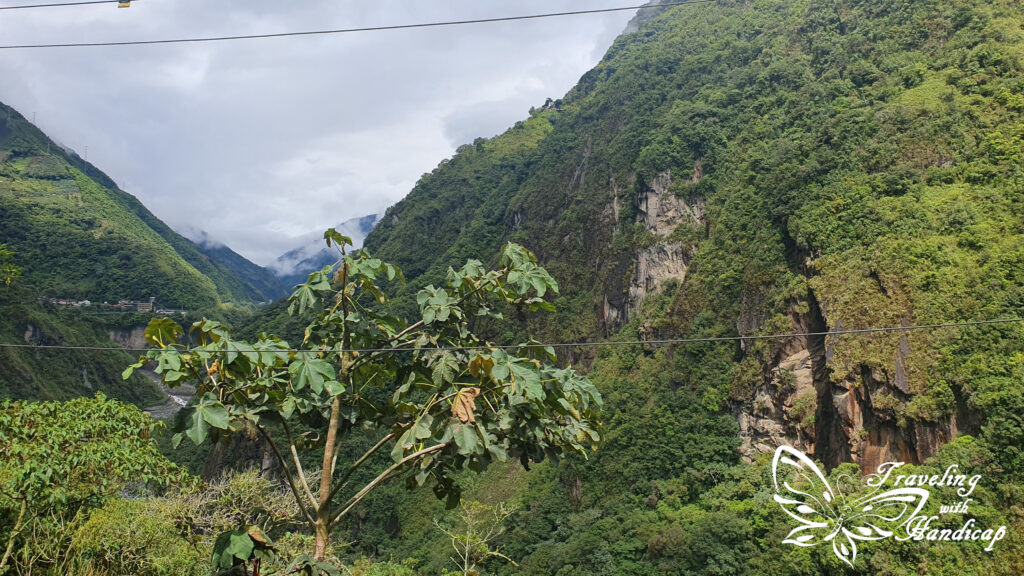

Riobamba
If you head to Baños, you do not necessarily have to stop in Riobamba. This city is very industrial and doesn’t have any of this cultural historic touch that Cuenca or Vilcabamba have. Due to the clouds, I wasn’t able to see Chimborazo. Other travelers have told me that you might only be able to see this volcano from a dedicated viewpoint and early in the morning, when fewer clouds cover the sky.
The center of Riobamba is by no means as charming as Baños, thus I just walked around a little trying to find a nice café. Even this was more difficult than expected. There is a train station within central Riobamba. However, due to the current imposed savings by the government, there are no trains running across whole Ecuador. Since there was not much to do, and I am not really a museum-fan, I went back to Baños, grabbed my bag and took the next available bus to Tena, my first stop within the Amazon region.
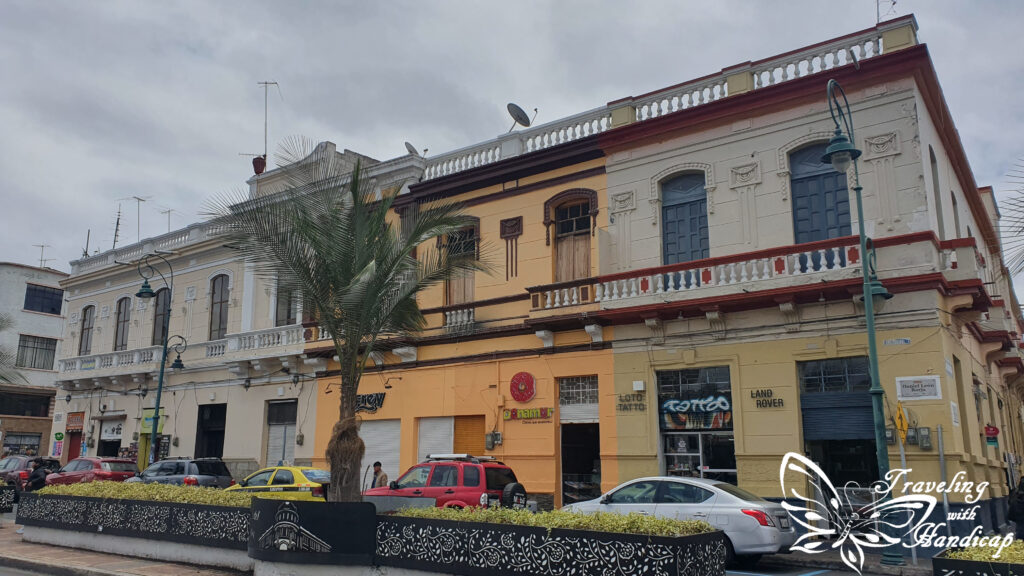
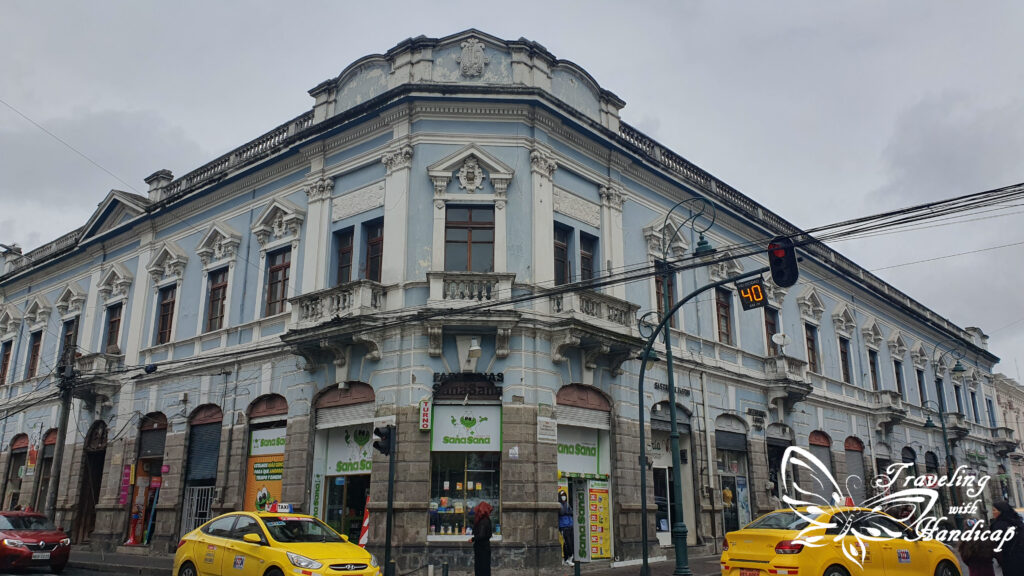

The Quilotoa Loop
After coming back from the Galápagos Islands, I had to get back to my hostel in Quito to repack my backpack. I was too lazy for carrying all my stuff to Galápagos, and multi-day luggage storage was at no extra cost. Afterward, I had to get to the major bus terminal in southern Quito, Quitumbre. From there, I took a bus to Latacunga. This route is very famous for robberies, so you have to be very careful with your belongings. I couldn’t identify any suspicious activity on my bus. However, in Latacunga, I met others who have been robbed. Well, you’ve to take your little bag on your knees, wrapping your arms around it, to be safe.
Latacunga
The town Latacunga is not really special by its own. Latacunga has some nice colonial buildings around the Parque Vicente León and many white-painted houses. Even a few hours of daylight are sufficient to get to know Latacunga. Fortunately, there was some parade during the evening of my day in Latacunga. So there was something going on. Beyond this, there was nothing special. It was even difficult to find restaurants which were open.
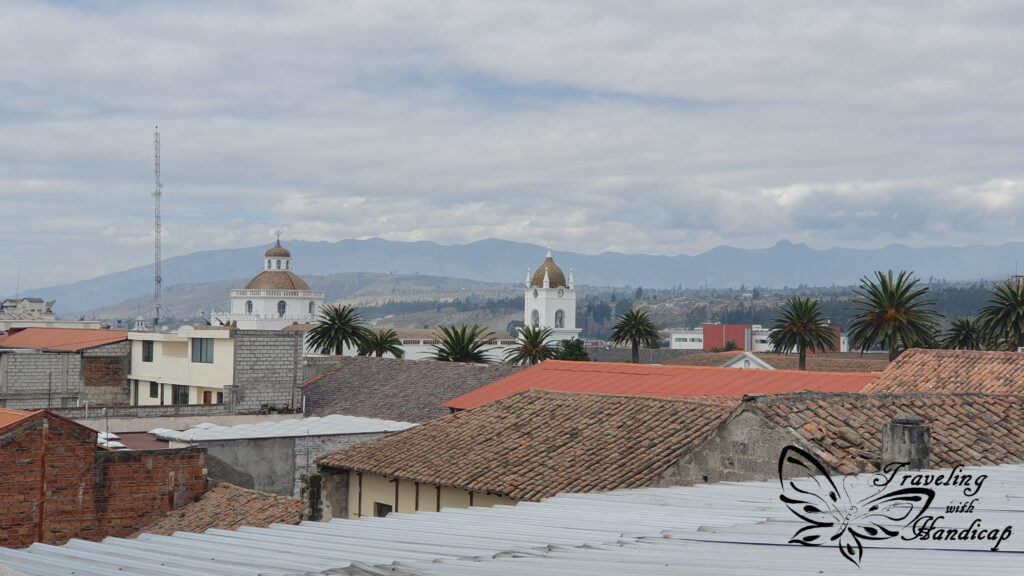

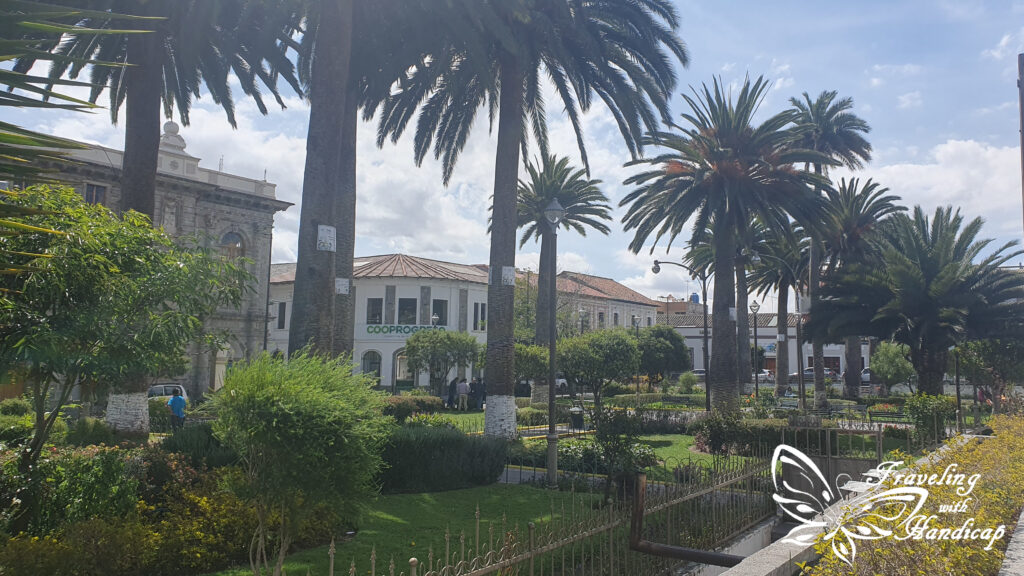
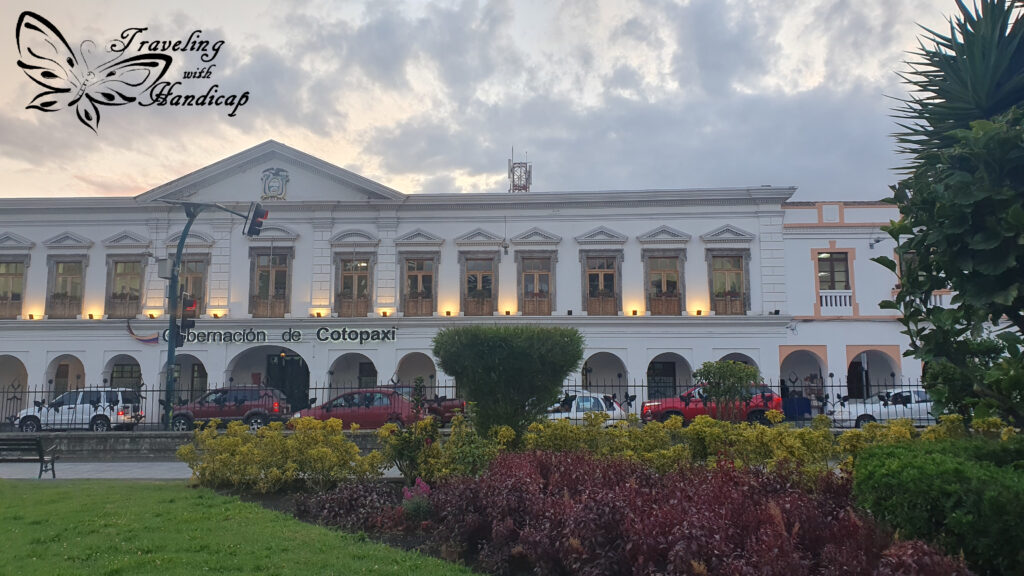



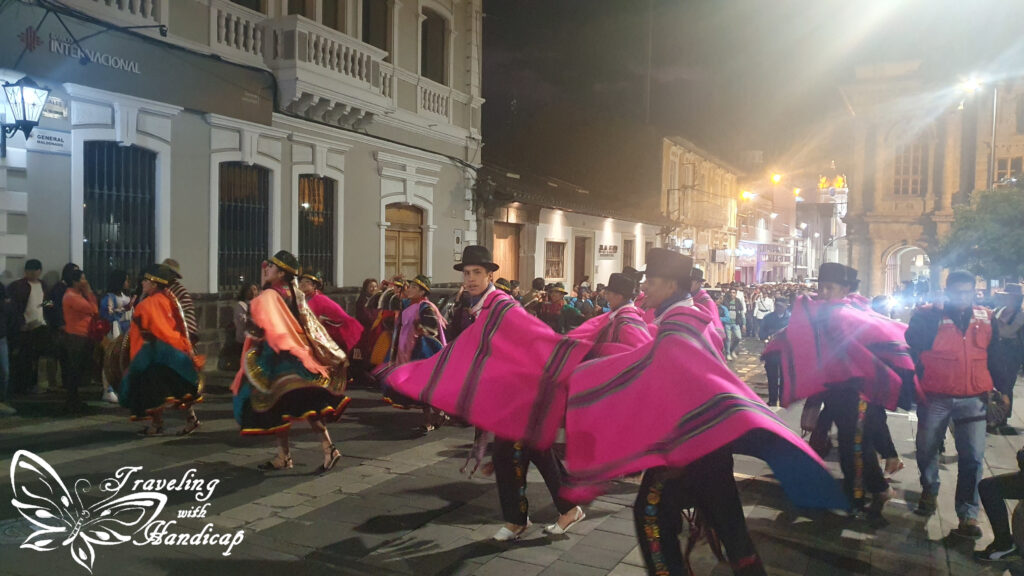

Most stay in Latacunga only for a night in order to get to the Quilotoa Loop the next day. There are a few hostels in town, I stayed in one with good recommendations, but it was really basic. Thus, don’t expect any fancy hostels in town. The one and only distinct feature of my hostel was the rooftop terrace (mainly for smoking) from which you could see the volcano Cotopaxi if the clouds allow a view.

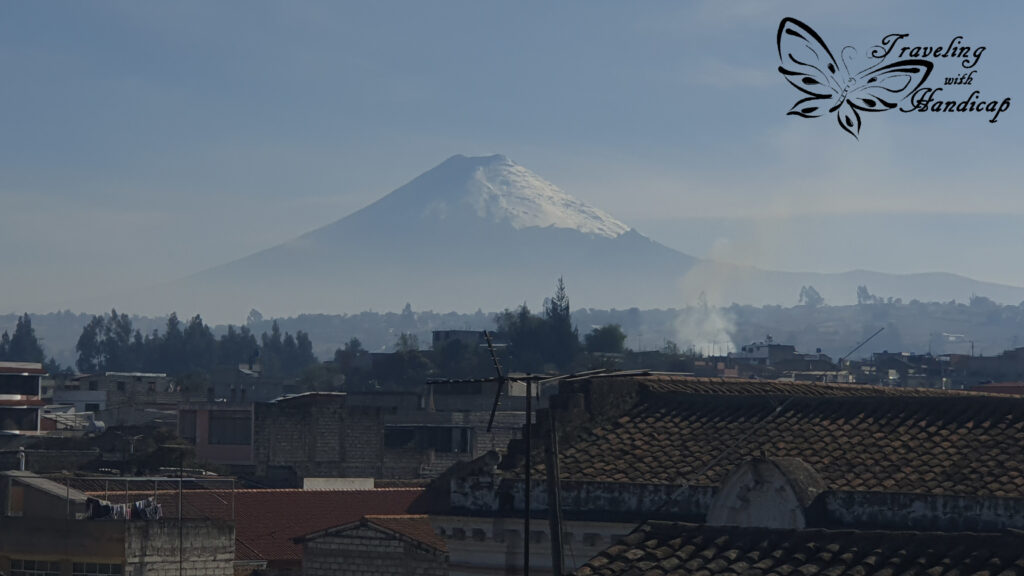

Three day hike on the Quilotoa Loop
The Quilotoa Loop describes the circular road/ path from Latacunga to Toacazo, continuing to Sigchos, then Chucchilán, the highlight of the Laguna Quilotoa and back to Latacunga. There is no one bus driving along the complete circle. However, there are buses between Latacunga and Sigchos as well as Latacunga and the Laguna Quilotoa. In between Sigchos and the laguna, there might be a bus connection between one or the other village on a rather random (not plannable) schedule.

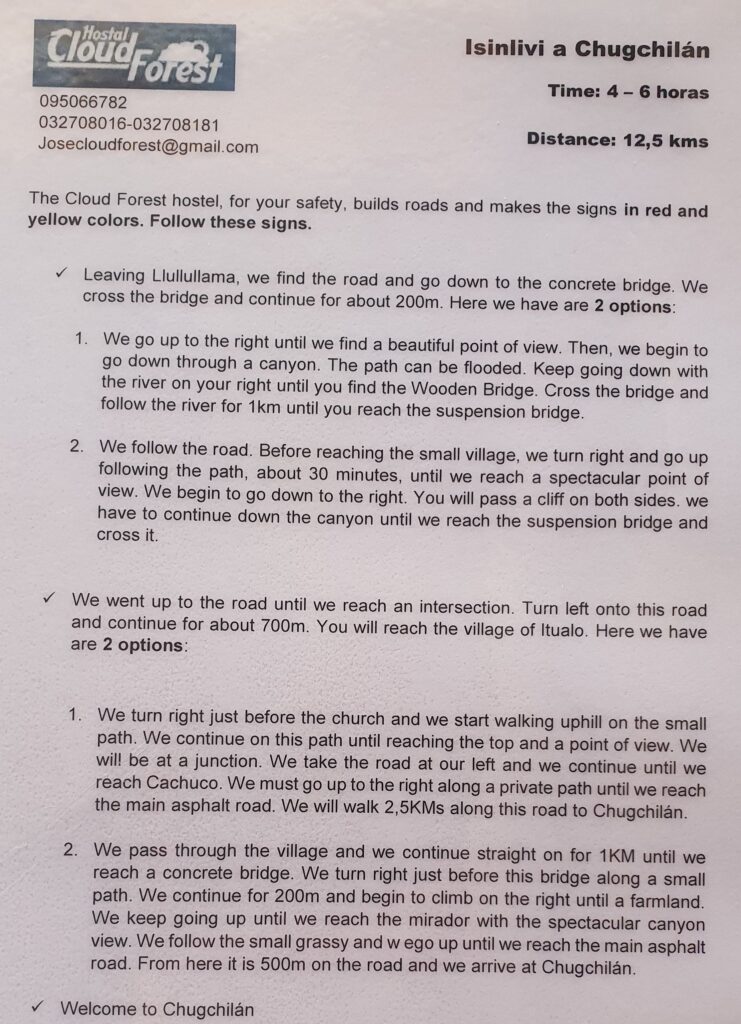

Actually, the majority of tourists either takes a bus from Latacunga to Sigchos, hikes (the multi-day path) to the Laguna Quilotoa and takes a bus back to Latacunga or only do a day-trip to the Laguna. A few people — of course also dependent on the available time — start their hike on the Laguna Quilotoa and walk the other direction or even walk a longer distance than between Sigchos and the Laguna.
I took a bus from Latacunga to Sigchos and walked to Isinliví, where I slept for a night. The next day, I continued to Chucchilán. On the third day, I walked to the Laguna and took a bus back to Latacunga. All days had a certain similarity in their hiking tracks. They all included a lot of downhill-walking following the equivalent uphill. There were certain valleys to cross — without any large hanging bridges.
Day 1: Latacunga → Sigchos → Isinliví
What a beautiful landscape, and the hostel in Isinliví was so comfortable. Within such a great landscape, I didn’t want to leave.
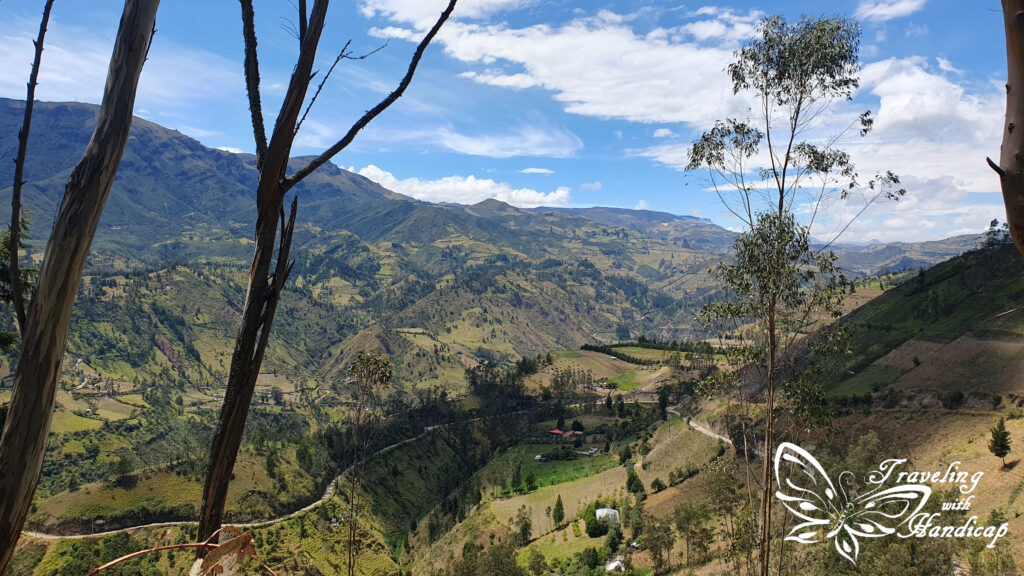

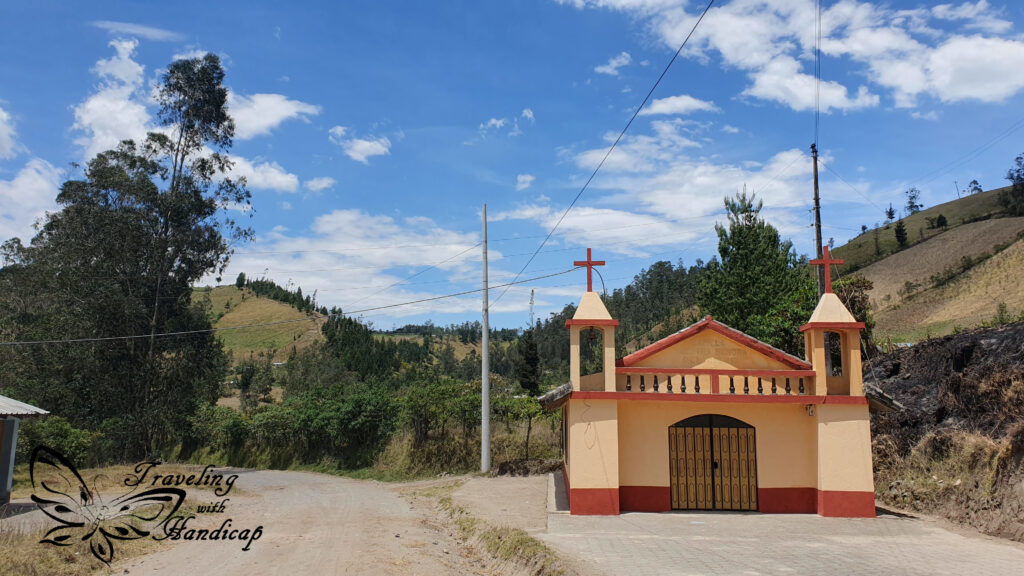
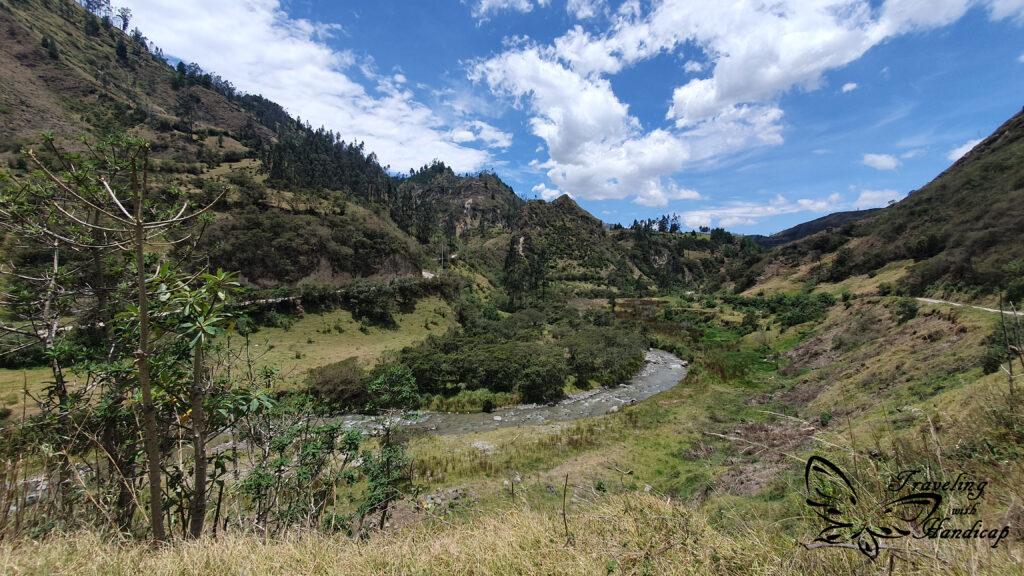
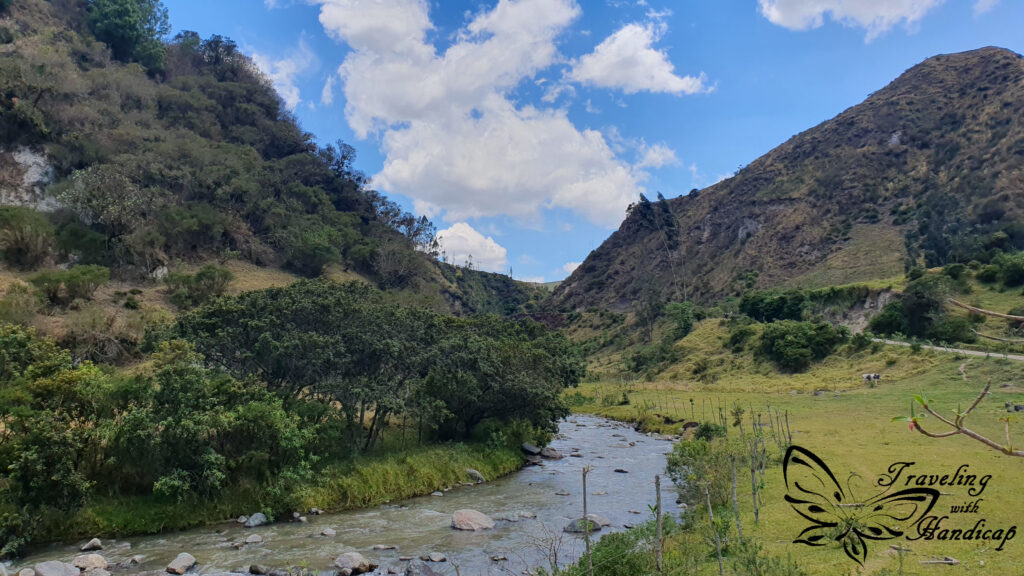
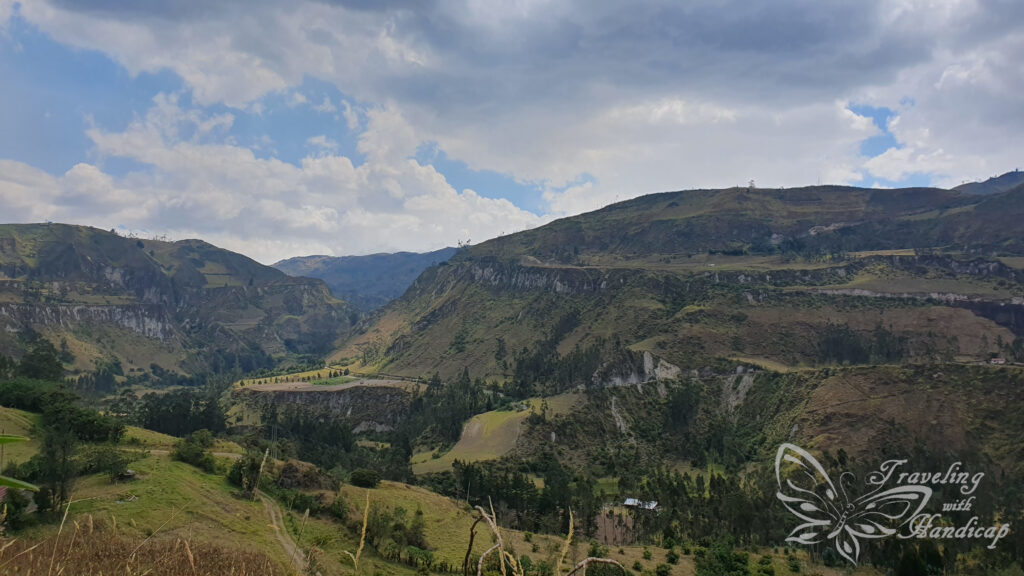


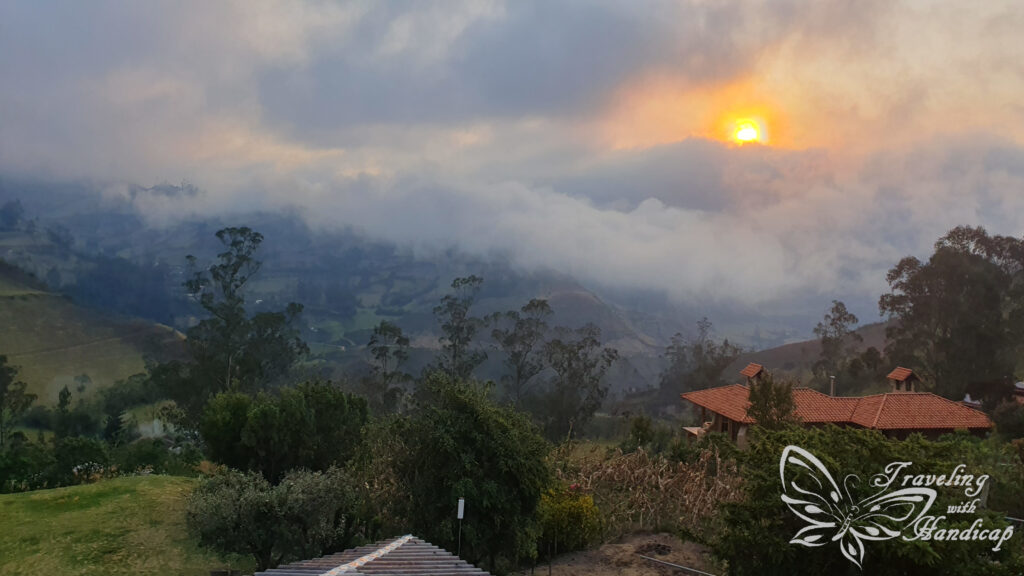
Day 2: Isinliví → Chucchilán
This track had a little different layout compared to the first day. There were different options of tracks, the old path and another one, prepared and set up only within more recent years. Then, I picked the options according to the suggestions of the Isinliví hostel staff, walking the more scenic route.
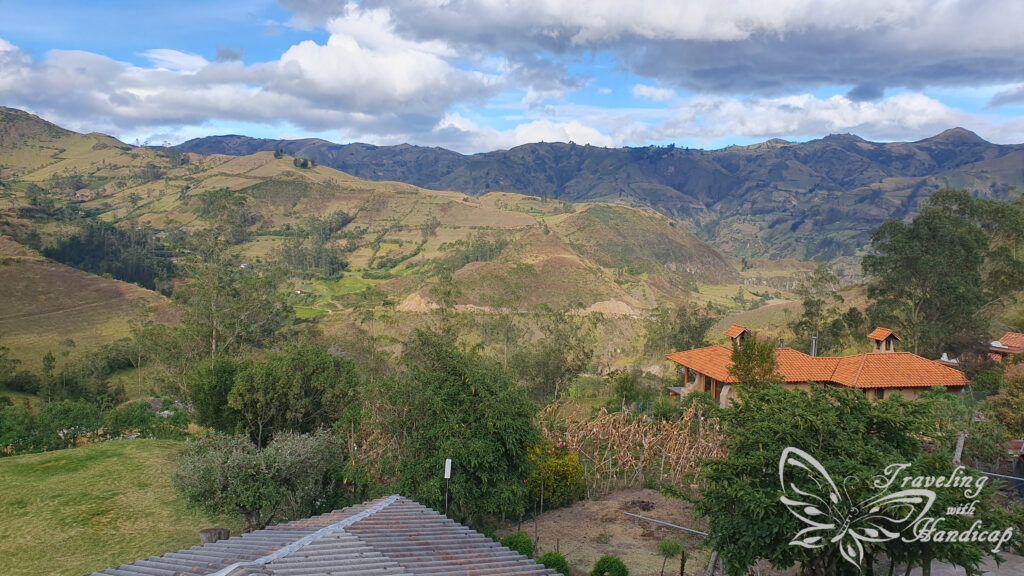
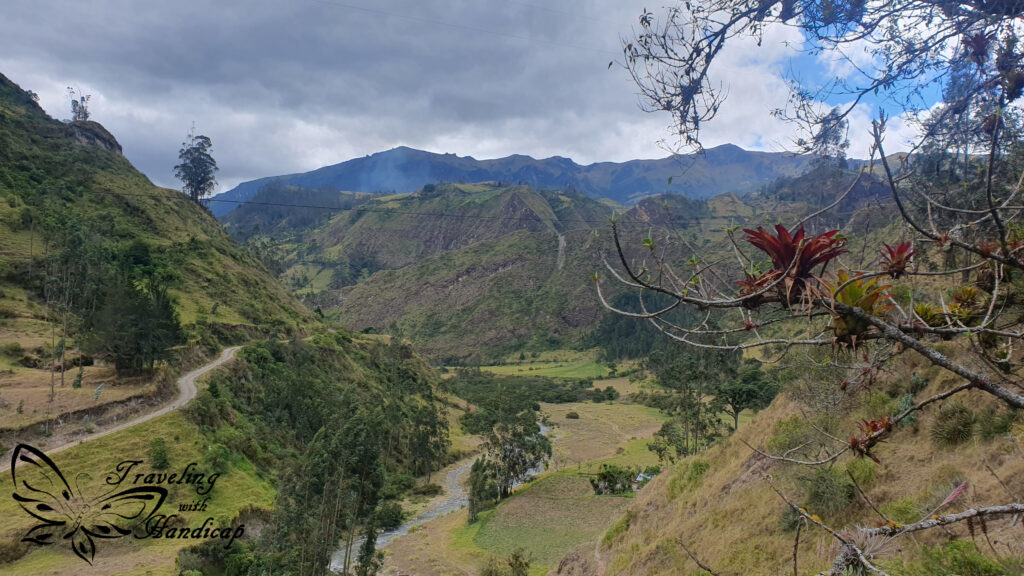


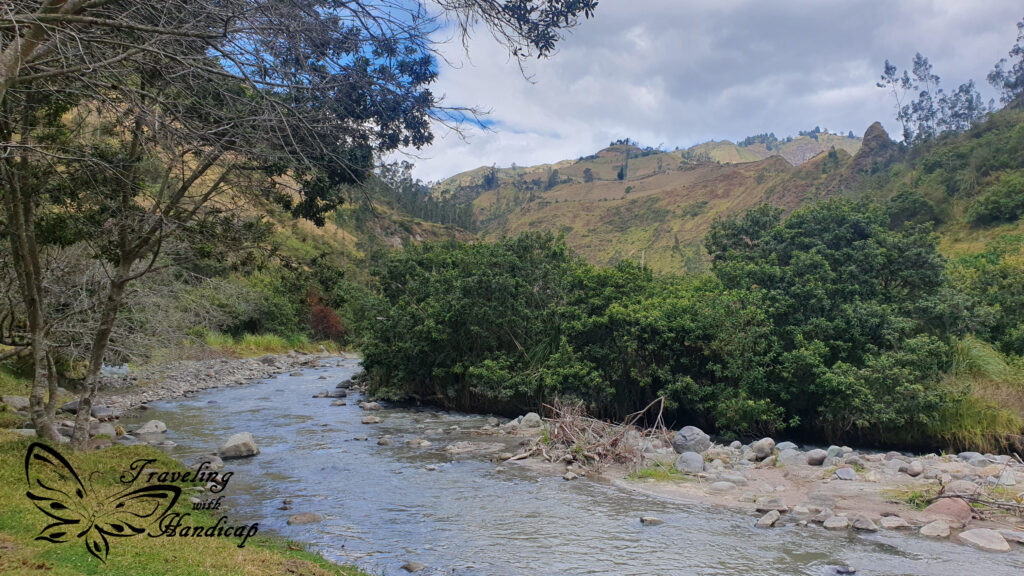

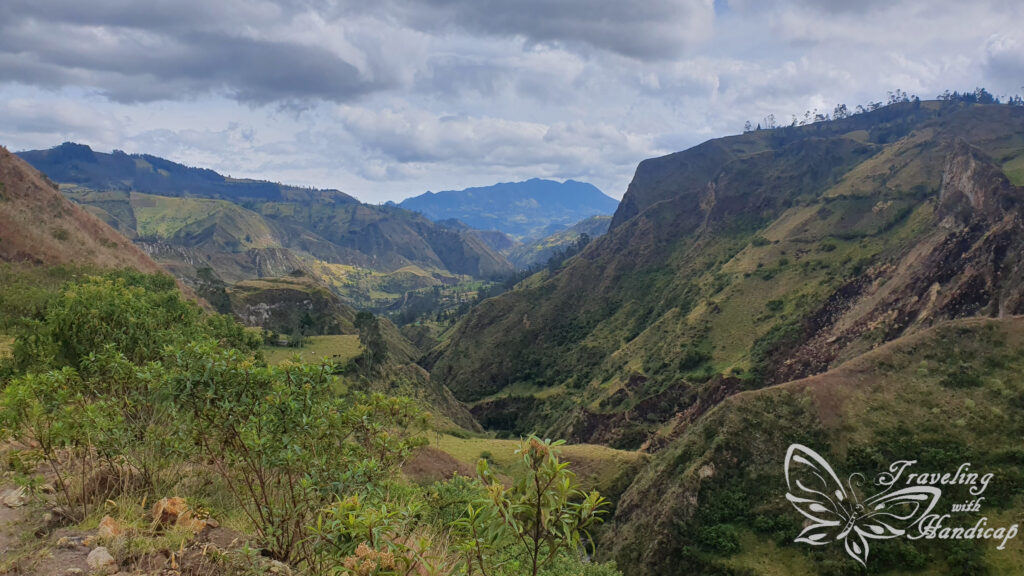


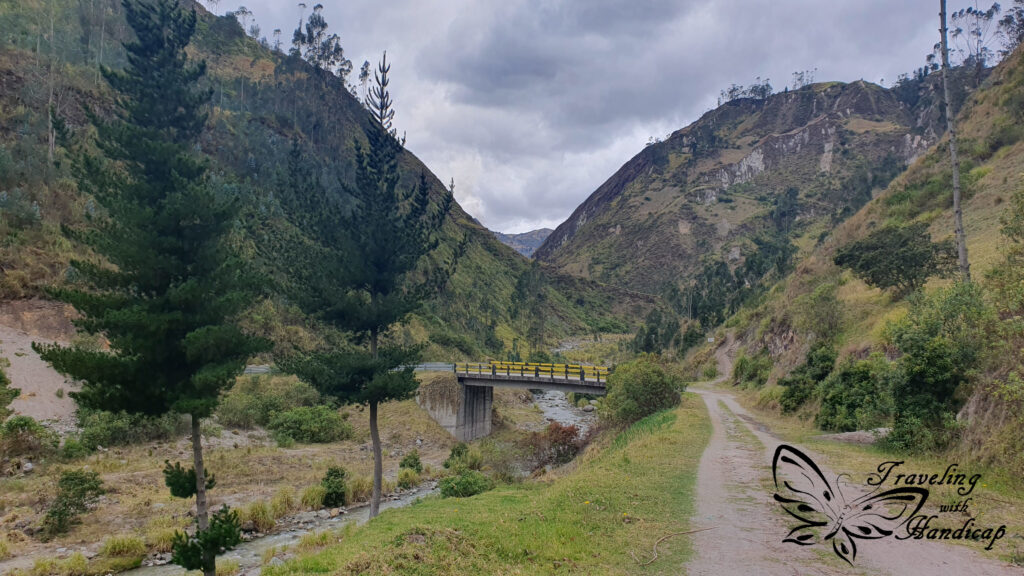

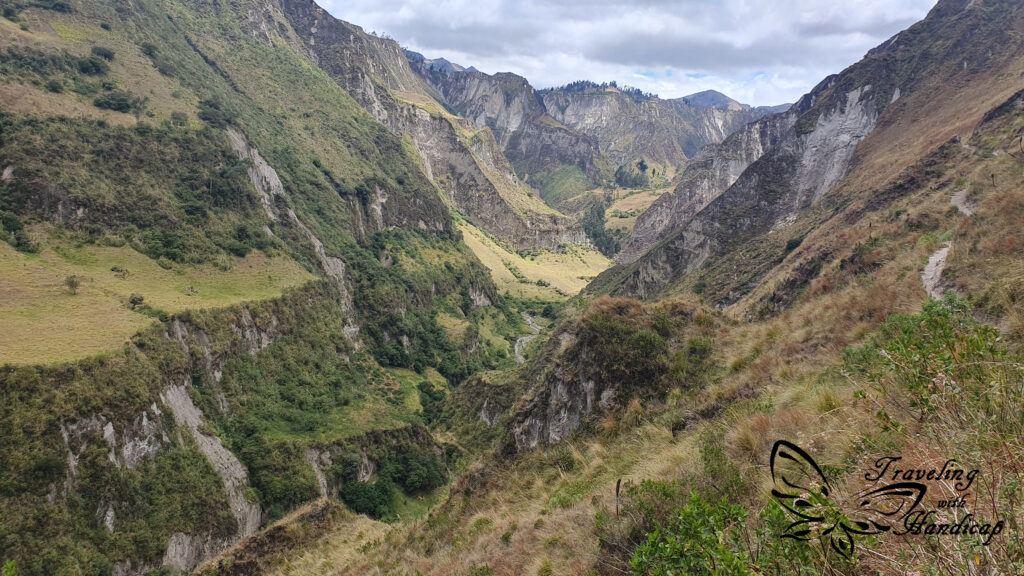


Day 3: Chucchilán → Laguna Quilotoa → Latacunga
The Chucchilán hostel was not as nice as the one in Isinliví as it was much bigger and not really too scenic. The hike of this day also included much downhill but even more uphill. This is because the highest point of the whole 3-day-track was at the Laguna. Honestly, I expected something different, something smaller, than the huge crater. It was super windy up there, and I couldn’t stay enjoying the view for too long due to that.

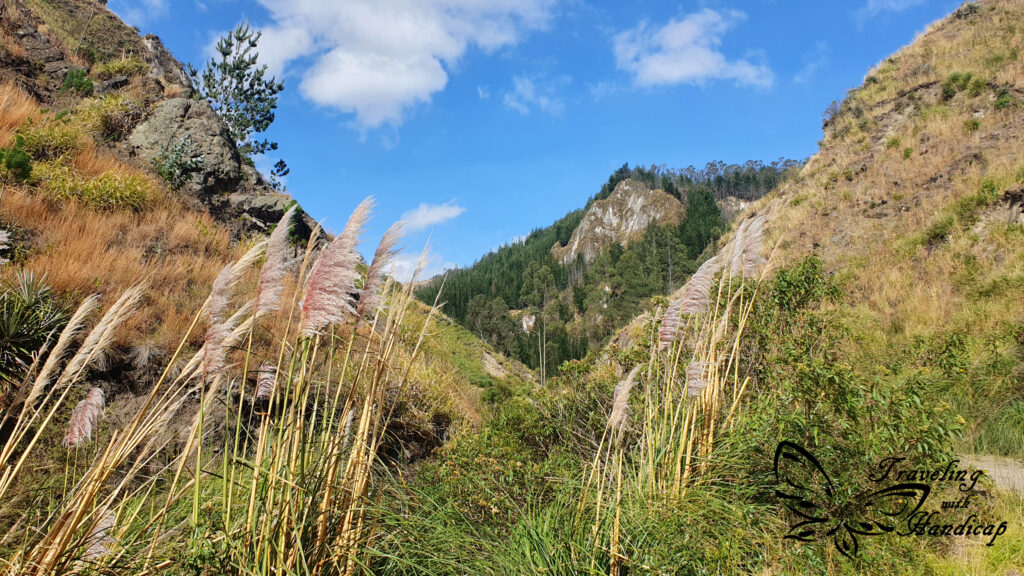


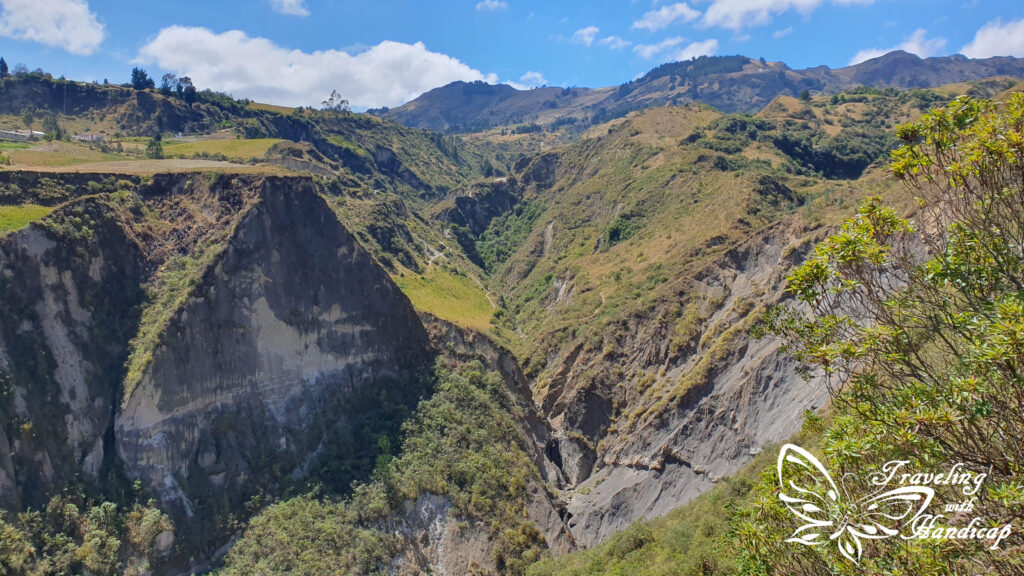
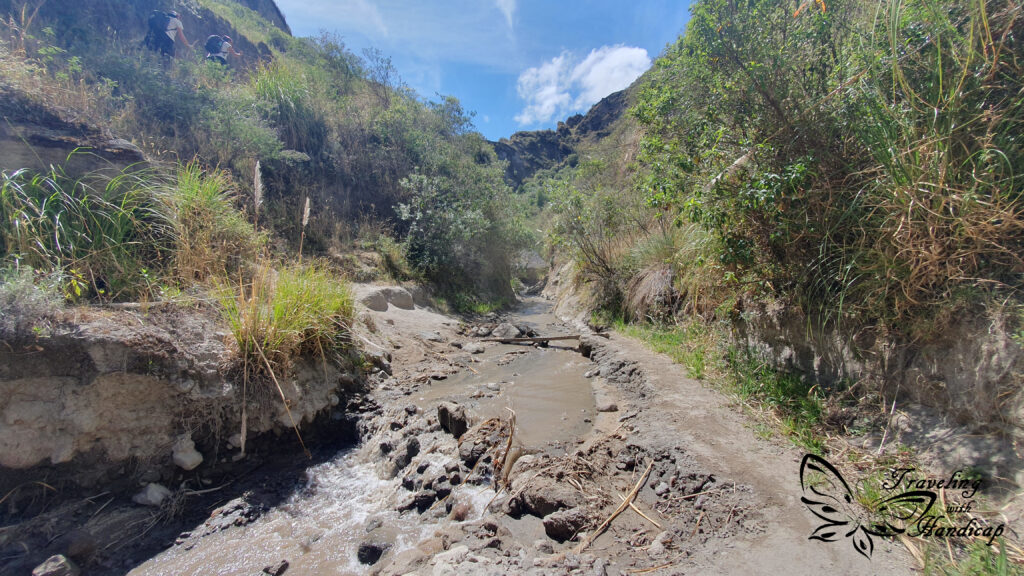
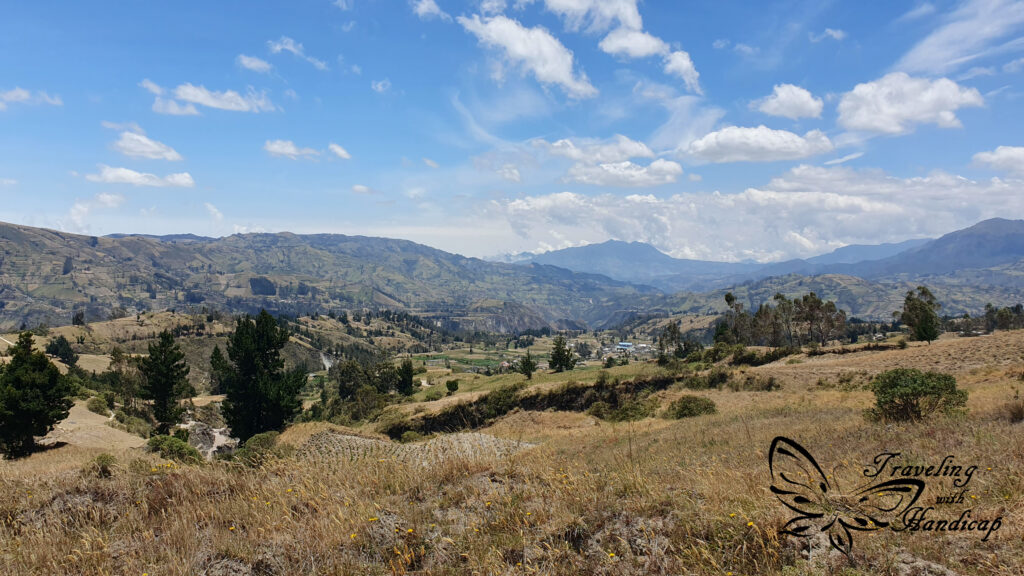


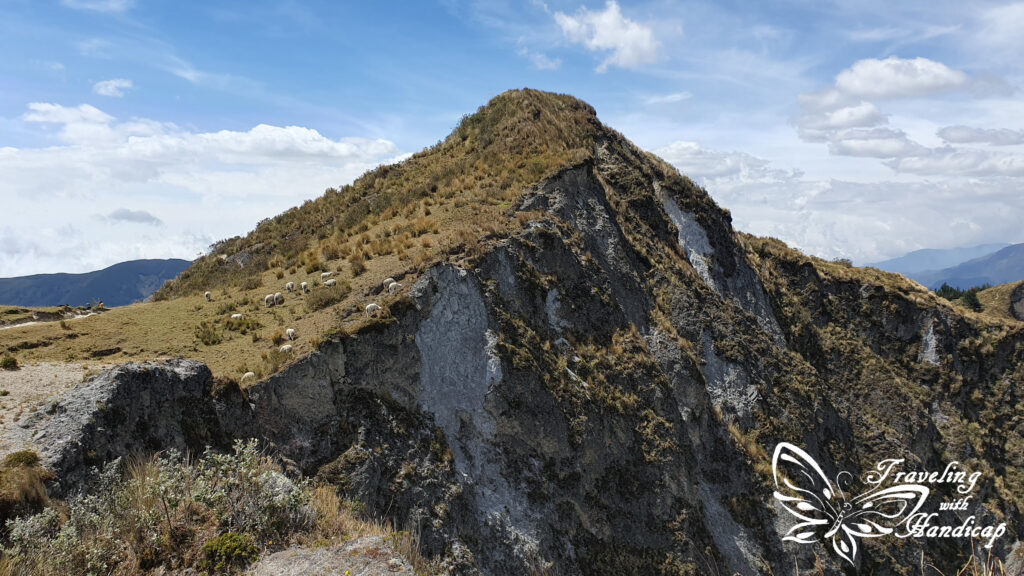
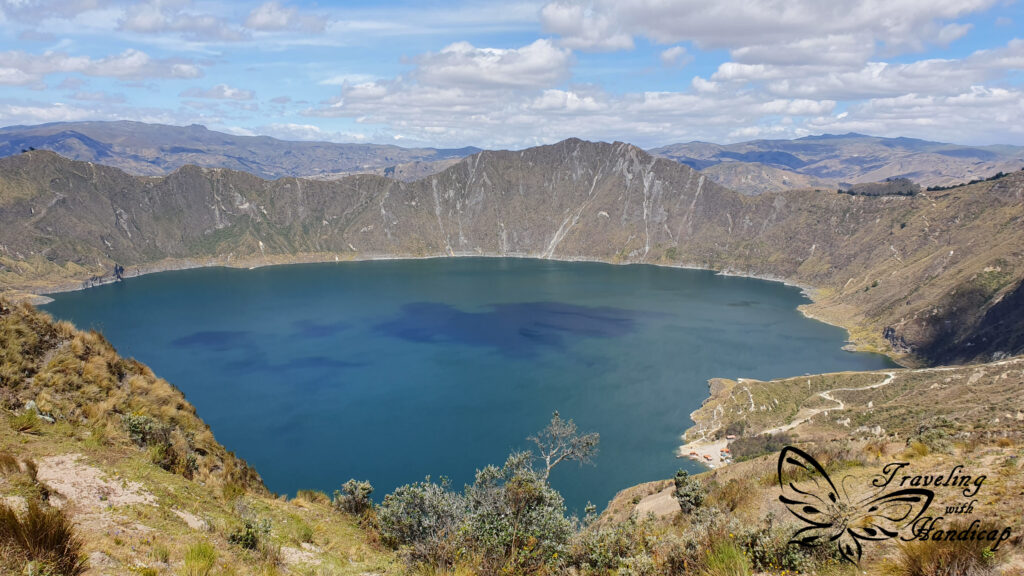
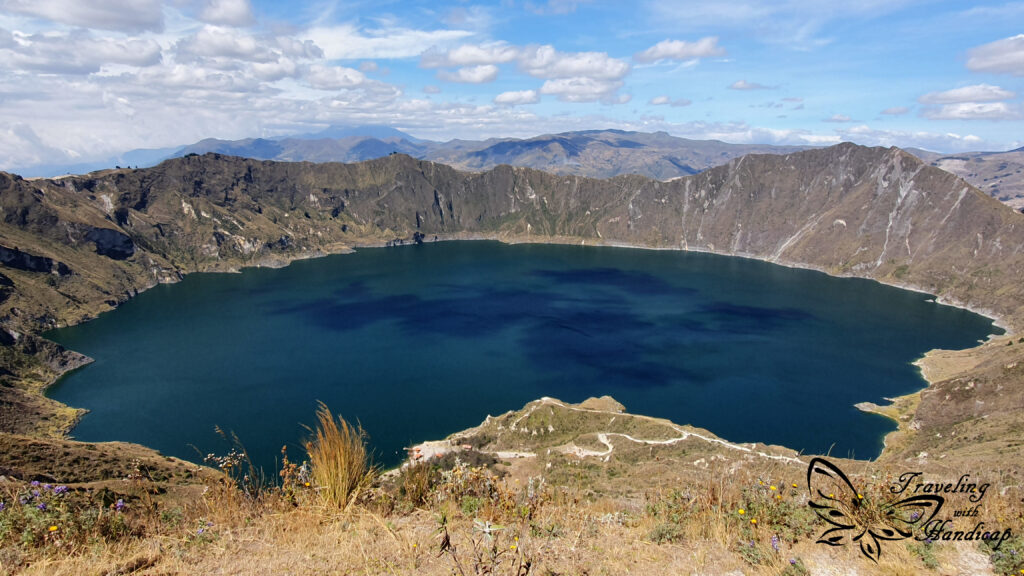
Hiking volcano Cotopaxi
After finishing the Quilotoa Loop, I went back to Latacunga and took a bus towards Quito. Then, I jumped off the bus in Chasqui in order to stay in the Cuscungo Cotopaxi Hostel. Luckily, this hostel is super comfortable, much better than the one in Latacunga, but rather famous for people traveling by car. This is because there is no regular bus terminal nearby, and you have to walk a little from the main highway.



I went there because I wanted to hike the Cotopaxi, but tours from both Quito or Latacunga were unreasonably expensive. I was lucky that a couple arrived by car and took me to Cotopaxi, to hike together. Afterward, they even dropped me off at the main highway in order to wave down the next bus towards Quito (in order to continue to northern Ecuador).

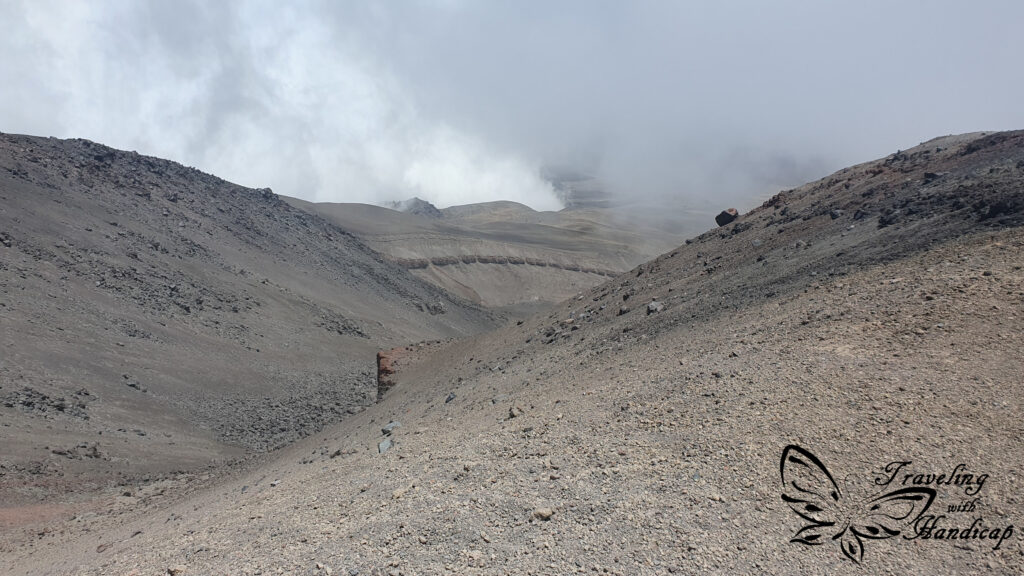
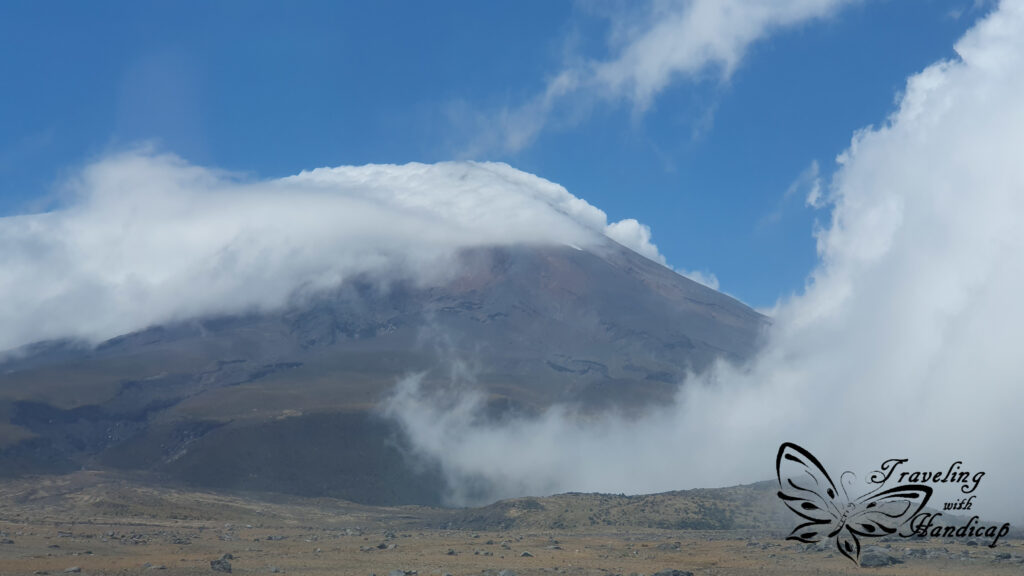

The Cotopaxi National Park is quite large, and it takes a while to drive uphill, on a quite bad dirt road, until you reach the parking area for the hike. Due to the altitude, you cannot hike quickly, that’s clear. But even if you would like to speed op, the super strong winds prohibit this. Beyond the hike, there are many things you could do within the National Park, there are lagunas at altitude and many panoramic viewpoints. Nevertheless, there are not many days in which you can actually enjoy the long distance view due to the high risk of thick clouds.


